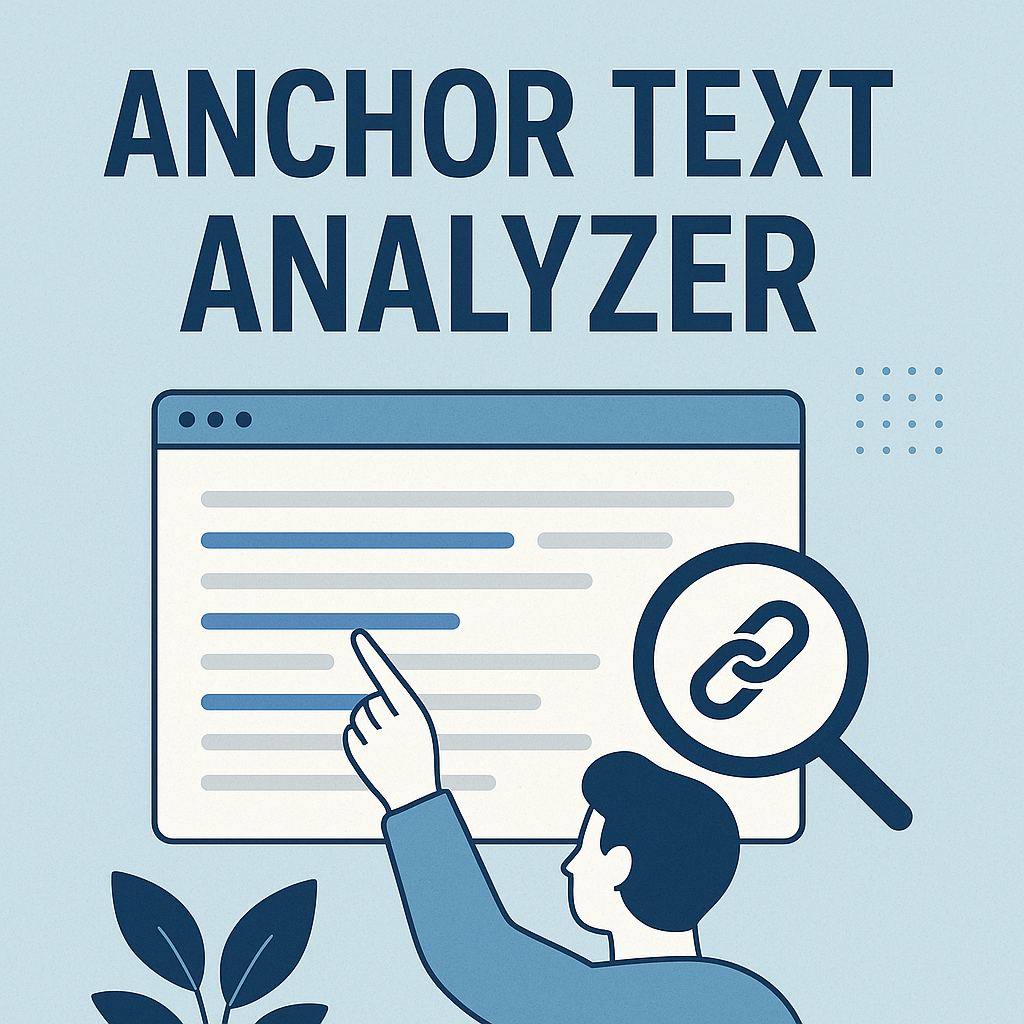Creating high-quality content isn’t just about writing—it’s about building trust through smart connections. For years, SEO professionals debated the ideal number of external links per blog post. While Google once suggested keeping pages under 100 links, modern practices prioritize value over volume.
This updated guide explores the latest strategies for balancing outbound links in 2025. Recent polls show 72% of marketers now add external references only when they improve reader experience. Why? Because search engines reward pages that act as authoritative hubs, not cluttered directories.
Linking to credible sources does more than boost your ranking potential. It strengthens your site’s reputation and helps audiences discover reliable information. However, the old “100-link rule” has faded. Today’s focus? Strategic connections that align with user intent and content goals.
Ready to refine your approach? Let’s dive into data-driven methods for optimizing external links—without sacrificing readability or website performance.
Key Takeaways
- Google’s 100-link guideline is outdated; prioritize relevance over quantity
- 72% of marketers link externally only when adding clear value
- Strategic linking improves both page authority and user experience
- Balance link density with content depth and reader needs
- Monitor engagement metrics to assess link effectiveness
Understanding Outbound Links in SEO
Trustworthy content isn’t self-contained—it thrives on verified external validation. These connections, known as outbound links, create pathways to third-party resources that support your claims. Unlike internal navigation tools, they direct readers to independent domains for deeper exploration.
Defining Web Connections
External links serve specific purposes:
| Link Type | Purpose | Example |
|---|---|---|
| Outbound | Reference external data | Linking to CDC health guidelines |
| Internal | Site navigation | Connecting to your product page |
| Task-based | Drive conversions | “Download our ebook” button |
Comparison of common link types in digital content
Building Trust Through References
Search engines evaluate authoritative sources when assessing Expertise, Experience, Authority, and Trustworthiness (E-E-A-T). Linking to peer-reviewed studies or industry leaders like Moz shows you’ve done your homework. Neil Patel emphasizes: “Credible citations act like digital footnotes—they transform opinions into facts.”
Best practices from Ahrefs suggest using external links to fill knowledge gaps. When discussing complex topics, a well-placed reference to NASA’s climate data or Johns Hopkins research helps readers verify claims independently. This approach strengthens your content while keeping focus on user needs.
Why Outbound Links Matter for User Experience
Imagine reading an article where every claim floats without proof—frustrating, right? Strategic external references solve this by grounding your content in reality. Backlinko’s research reveals pages with quality citations see 37% longer average session durations, proving readers value verifiable information.
Credibility Through Curated Resources
Linking to trusted sources transforms your content from opinionated to authoritative. For example, citing Harvard Business Review studies or Mayo Clinic data gives weight to your arguments. As Brian Dean notes:
“A single credible reference can turn skeptics into believers—it’s the ultimate trust signal.”
| Source Type | Trust Impact | Reader Benefit |
|---|---|---|
| Academic Journals | High Expertise | Validates complex claims |
| Industry Reports | Current Insights | Supports trend analysis |
| Government Data | Unbiased Facts | Builds neutral perspective |
Trust hierarchy of common reference types
Follow these best practices to maximize impact:
- Prioritize .gov and .edu domains for factual topics
- Link to recent publications (within 3 years)
- Use descriptive anchor text like “2025 Pew Research study”
This approach creates a seamless user experience where readers feel informed, not overwhelmed. Pages become springboards to deeper learning—keeping your audience engaged and reducing bounce rates.
How Many Outbound Links Per Blog
SEO strategies have evolved dramatically, especially regarding external references. Where once quantity ruled, context now reigns supreme. Let’s explore how practices shifted from rigid rules to strategic thinking.
Anyone building a content strategy from scratch will benefit from referencing this step-by-step guide to starting a blog to lay a strong foundation.
Guidelines from Past SEO Practices
Early SEO experts fixated on numerical limits. Google’s 100-link guideline dominated discussions, treating every page like a spreadsheet cell. Backlinko’s 2020 analysis found 68% of marketers used this threshold as law.
Industry leaders like Moz advised keeping external connections under 15% of total content length. This created formulaic posts where link counts mattered more than relevance. Information became secondary to hitting arbitrary targets.
-
If you’re looking to enhance your backlink profile through strategic partnerships, the article on SEO for security companies highlights effective outreach and guest‑post techniques tailored to your niche
Modern Considerations and User Value
Today’s approach prioritizes purpose over number. SEMrush’s 2025 survey shows 81% of top-ranking articles use external links only when they:
- Clarify complex concepts
- Support data-driven claims
- Offer actionable next steps
Overcrowding a page with too many outbound links risks overwhelming readers. HubSpot’s UX study found pages with 20+ external references saw 42% higher bounce rates. As Marie Haynes notes:
“A single well-chosen link often provides more value than ten random ones.”
Strategic linking transforms your content into a trusted roadmap. It guides audiences to verified information while maintaining focus on their needs. This balance keeps many outbound links from becoming distractions.
Implementing Best Practices for Outbound Linking
Effective outbound linking transforms your content into a trusted resource hub. By connecting readers to valuable external materials, you enhance credibility while supporting SEO goals. Industry leaders like Ahrefs emphasize that strategic references boost both user trust and search rankings.
Linking to High-Quality Sources
Choosing authoritative sources requires careful evaluation. Prioritize websites with proven expertise, such as government agencies (.gov), educational institutions (.edu), or recognized industry publications. For health topics, linking to the National Institutes of Health carries more weight than a personal blog.
| Source Type | Authority Level | Example |
|---|---|---|
| Academic Journals | High | Peer-reviewed studies from JSTOR |
| Government Sites | Maximum | U.S. Census Bureau data |
| Industry Reports | Moderate | SEMrush annual marketing analysis |
Authority ratings for common reference sources
Using Descriptive, Keyword-Rich Anchor Text
Anchor text should clearly describe the linked content. Instead of generic phrases like “click here,” use specific terms that benefit readers and search engines. For example:
- Weak: “Read more about SEO”
- Strong: “2025 Google algorithm update guidelines”
Always verify URL relevance before publishing. A broken link to a .gov study undermines your credibility. Tools like Ahrefs’ Link Checker help maintain functional connections while aligning with best practices.
Remember: Every external link should serve a purpose. Whether citing statistics or offering deeper insights, linking authoritative resources strengthens your content’s value and SEO performance.
Strategies for Balancing Link Quantity and Quality
Mastering the art of external references requires thoughtful curation. Focus on creating value-driven pathways that align with your content goals while respecting reader attention spans. Let’s explore practical methods to maintain this equilibrium.
Evaluating the Relevance of Each Link
Every external connection should pass a three-part test:
- Topical alignment: Does the linked material directly relate to your core topic?
- Reader benefit: Will this reference clarify concepts or provide actionable insights?
- Source authority: Is the website recognized as an expert in its field?
| Criteria | High-Quality Approach | Quantity-Focused Approach |
|---|---|---|
| Health Article | Links to NIH clinical trials | Generic wellness blogs |
| Tech Guide | References IEEE standards | Multiple affiliate product pages |
| Marketing Post | Cites HubSpot research | Random social media posts |
Real-world examples from Backlinko content audits
Neil Patel’s team found articles with 5-8 quality links outperformed those with 15+ generic references. Their case study showed a 28% increase in organic traffic after removing irrelevant connections.
Overloading pages creates three key risks:
- Diluted content focus
- Increased bounce rates
- Potential search engine penalties
Prioritize context over count. Ask: “Would this link help my reader solve a problem?” If unsure, leave it out. Your audience—and Google—will thank you.
Monitoring and Analyzing Your Outbound Links
Regular checkups keep your content healthy and authoritative. Just like changing oil in a car, maintaining external references ensures smooth performance in search results. Let’s explore practical methods to track and optimize these connections.
Essential Tools for Link Audits
Top SEO platforms simplify link monitoring. Screaming Frog crawls your site to identify broken URLs, while Ahrefs’ Site Explorer tracks live connections. For quick checks, browser extensions like SEOquake offer real-time analysis during content creation.
| Tool | Best For | Key Feature |
|---|---|---|
| Screaming Frog | Comprehensive audits | Broken link detection |
| Ahrefs | Link performance tracking | Live URL status updates |
| SEOquake | Quick diagnostics | On-page metrics overlay |
Top-rated tools for maintaining link quality
Follow this 4-step process for effective analysis:
- Run monthly crawls to catch 404 errors
- Update outdated references to current studies
- Check if linked pages still support your claims
- Remove or replace low-authority sources
Search engines reward sites that maintain fresh connections. Google’s Search Console provides valuable feedback through Core Web Vitals reports. Notice pages with high exit rates? They might need link pruning.
“Link audits aren’t just maintenance—they’re opportunities to strengthen content relevance.”
Ahrefs Academy Tutorial
Set calendar reminders for quarterly reviews. This proactive approach keeps your content trustworthy and aligned with evolving search engine standards. Remember: quality links today become ranking power tomorrow.
Integrating Outbound Links to Bolster SEO and Authority
Strategic link placement acts as a silent guide, directing readers to deeper insights while maintaining engagement. When external references blend seamlessly into your narrative, they reinforce credibility without disrupting the reading flow. Recent SEMrush data reveals articles with natural link integration see 33% higher organic visibility than those forcing connections.
Techniques for Seamless Reference Placement
Context matters more than count. Anchor external links to specific claims or data points that need validation. For example:
- Embedding a Harvard Medical School study when discussing sleep science
- Referencing Census Bureau demographics in a market analysis piece
| Content Type | Optimal Link Placement | Impact |
|---|---|---|
| How-to Guides | Tools/resources section | 41% lower bounce rates |
| Research Articles | Data visualization captions | 28% more social shares |
| Opinion Pieces | Counterargument sections | 19% longer page dwell time |
Link integration strategies from Backlinko’s 2025 content analysis
Use descriptive anchor text like “2025 Nielsen consumer behavior report” instead of vague phrases. This approach helps search engines understand context while giving readers clear expectations. Moz’s case studies show pages using this tactic earn 22% more backlinks than generic alternatives.
Remember: Every external connection should feel like a natural extension of your content. As Rand Fishkin advises:
“Treat references like seasoning—enough to enhance the flavor, not overpower the dish.”
Conclusion
Smart linking strategies create win-win scenarios for readers and search engines. By connecting your content to trusted websites, you transform pages into valuable knowledge hubs that boost authority while serving user needs.
Modern SEO thrives on balance. Where early practices counted links like beans, today’s approach values context. Industry data shows pages with curated references earn 33% more organic traffic than those stuffing connections. Your goal? Become a reliable guide—not a cluttered map.
Three principles ensure lasting success:
1. Quality over quantity: One NASA study link outweighs ten random blog references
2. Reader-first mindset: Help audiences verify claims and dive deeper
3. Continuous refinement: Use tools like Ahrefs to audit and update links
Search algorithms increasingly reward value-driven content. When you link strategically, you signal expertise to crawlers while keeping human visitors engaged. This dual focus builds sustainable authority that withstands algorithm changes.
Ready to elevate your site? Audit existing pages using the methods above. Replace outdated references, prune unnecessary connections, and watch your search engine performance grow. Remember: every external link should feel like handing readers a flashlight, not tossing them into a maze.

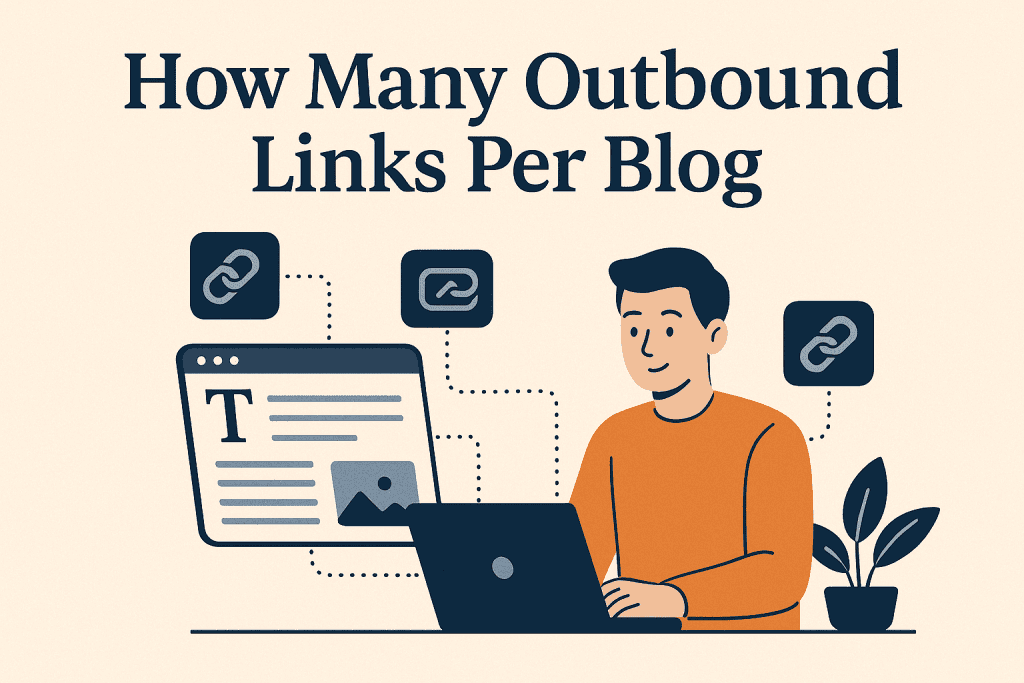
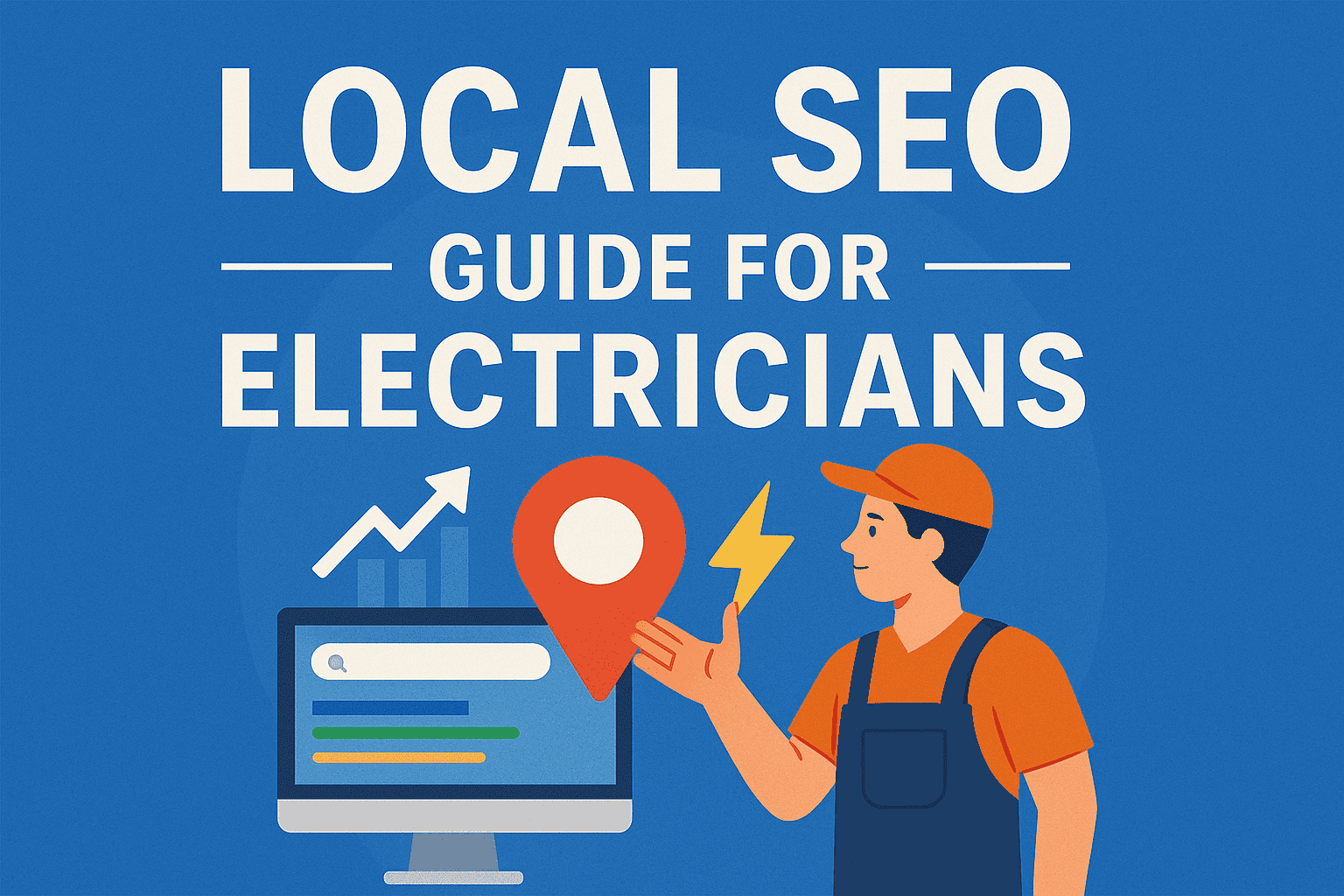
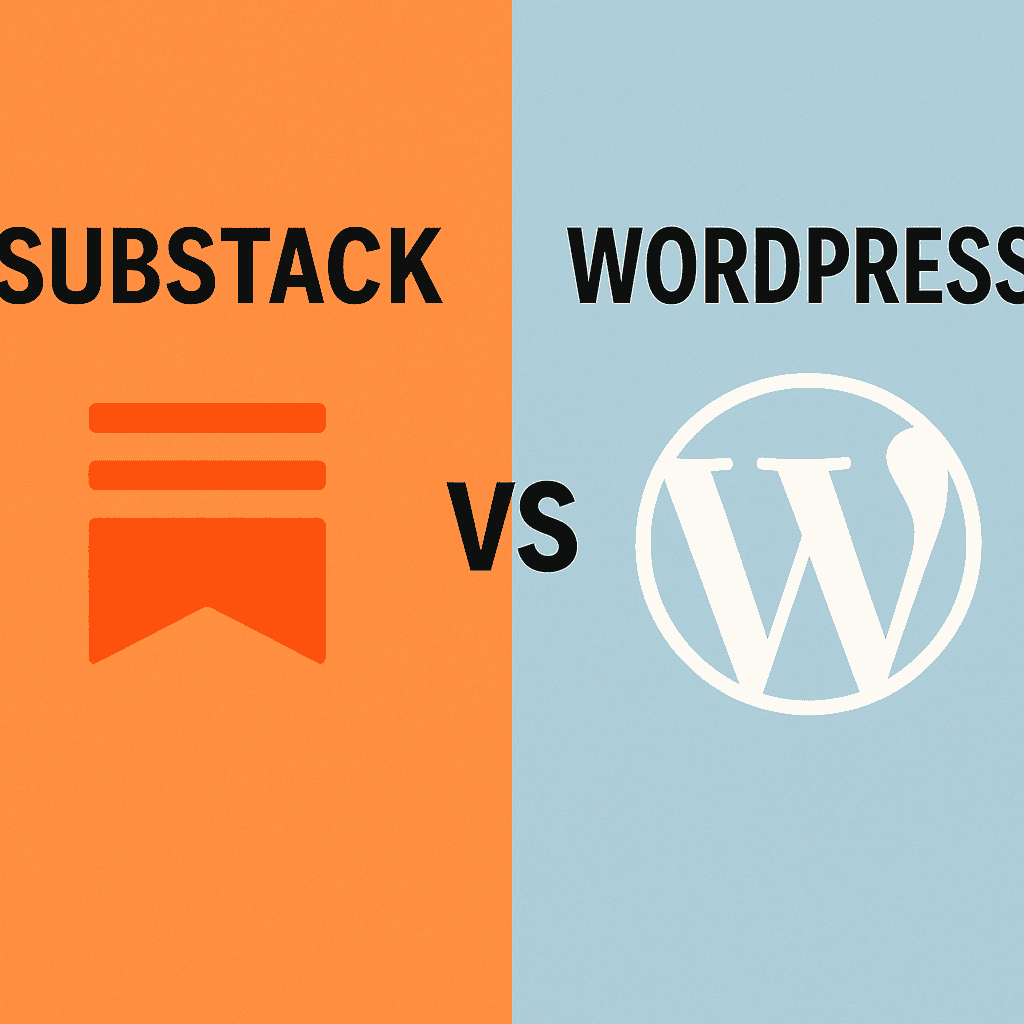

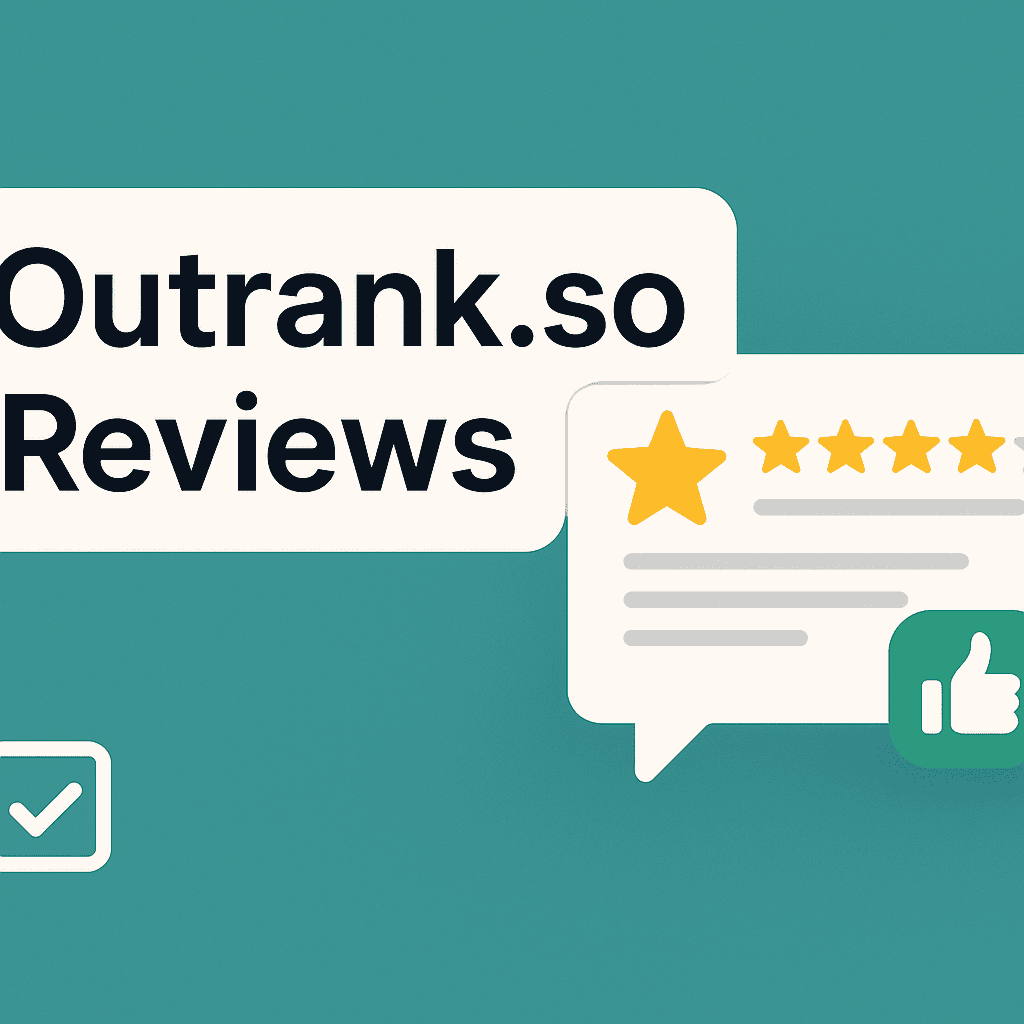


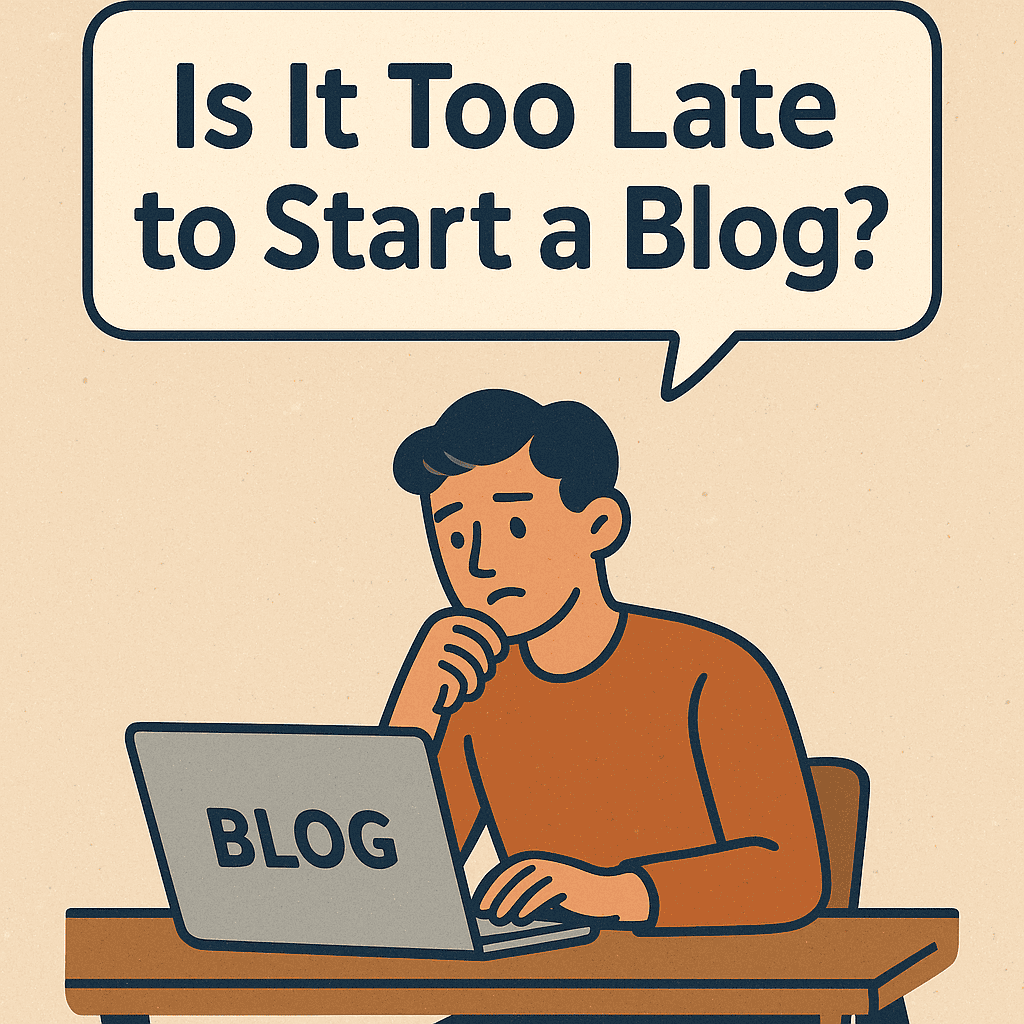
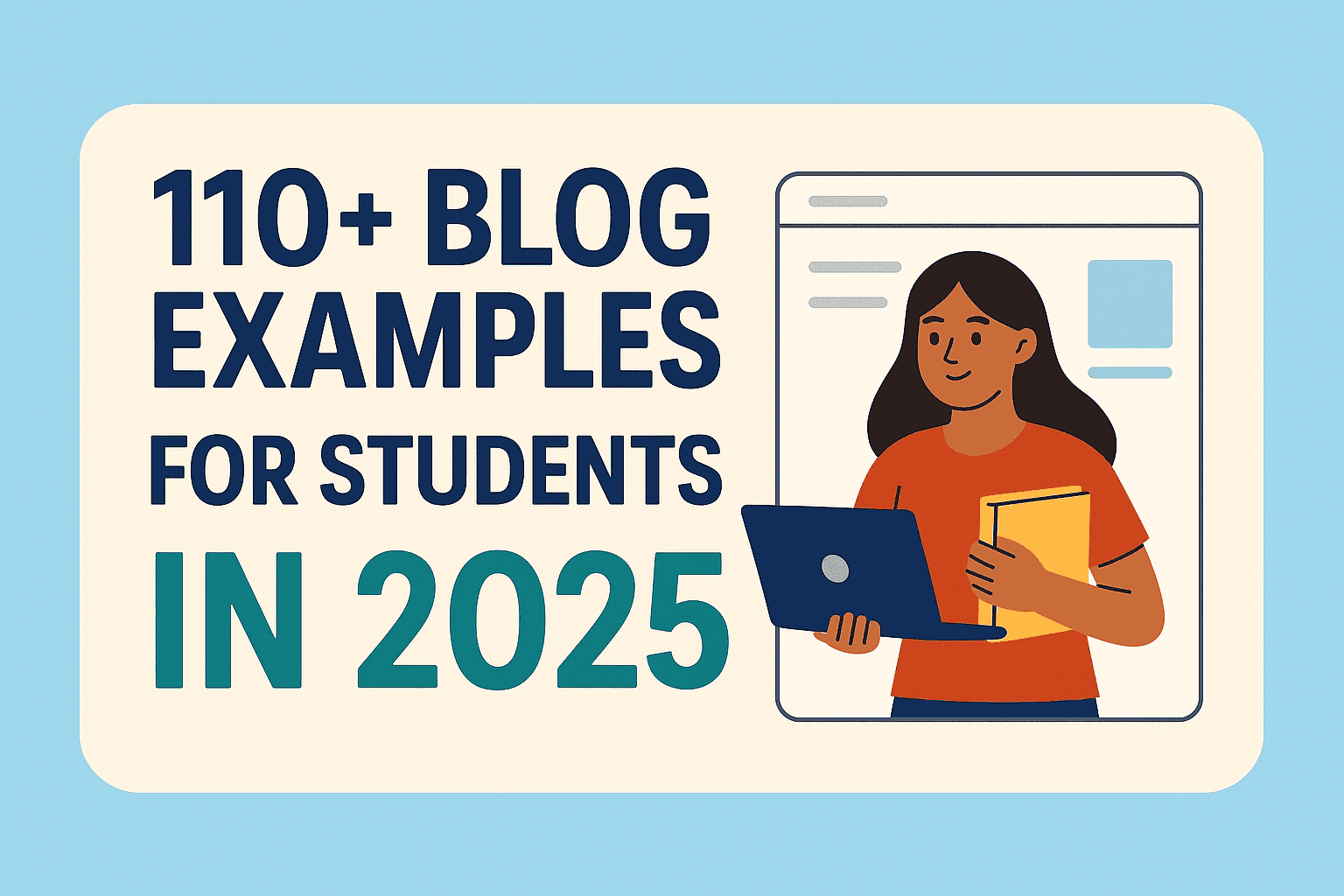

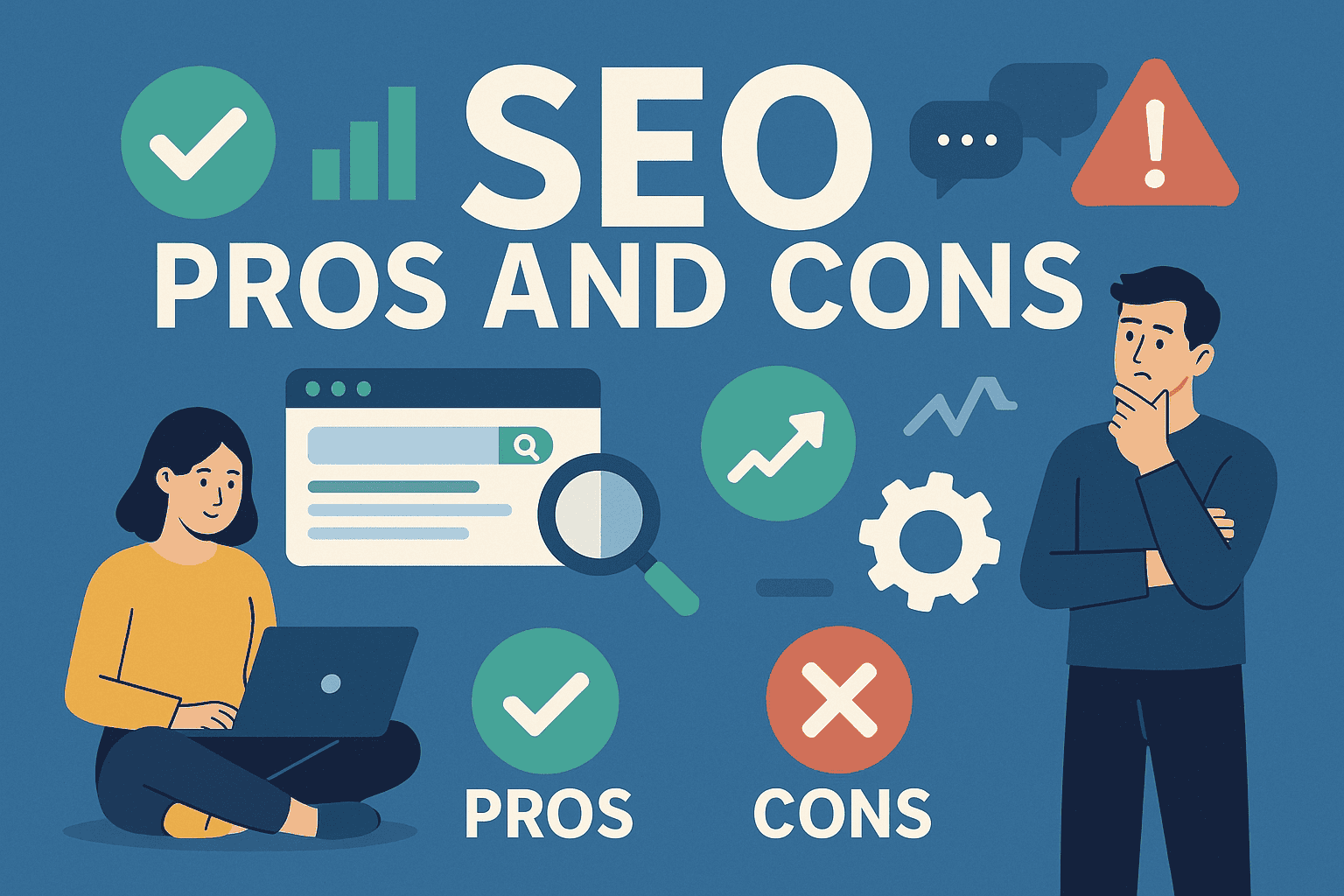





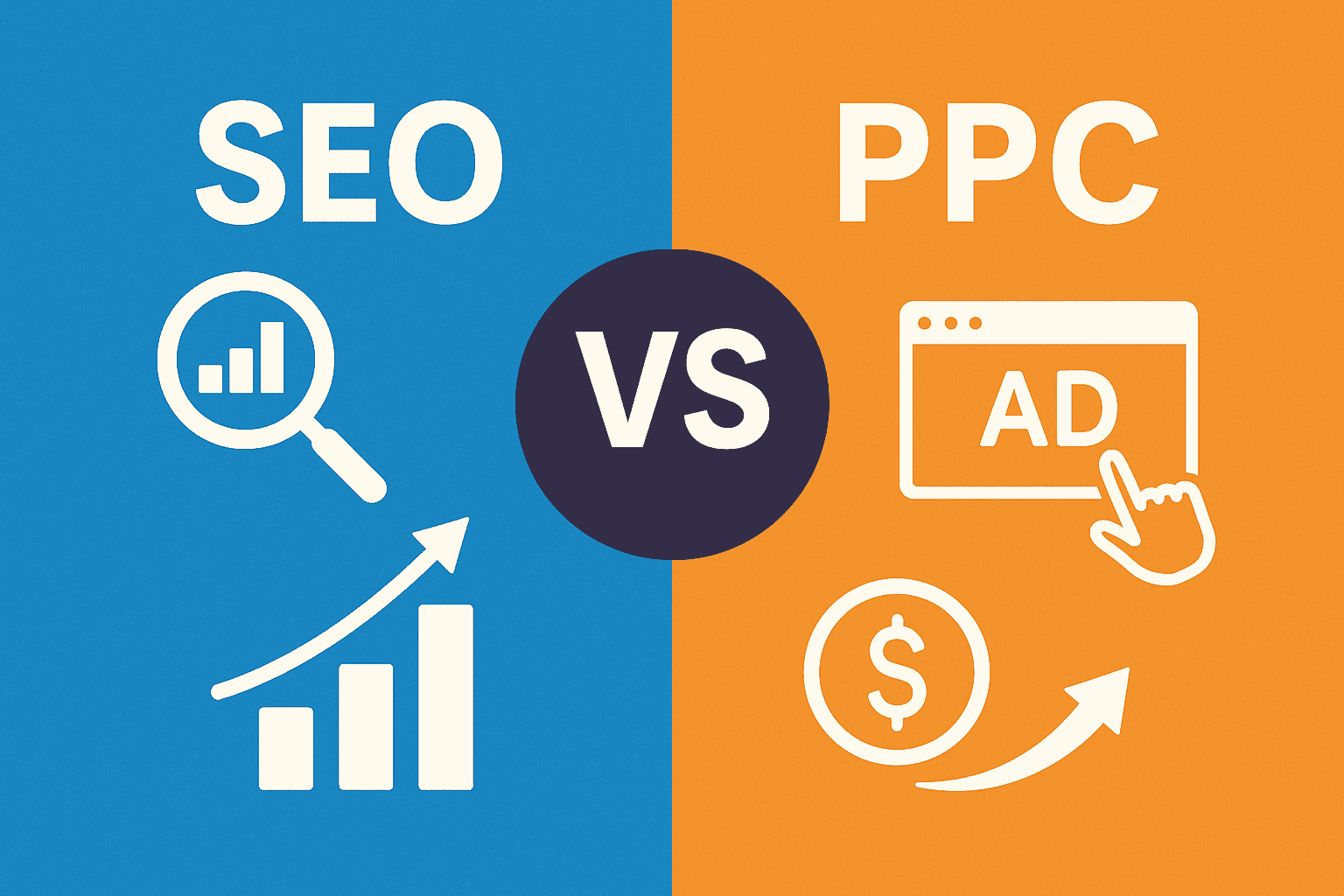

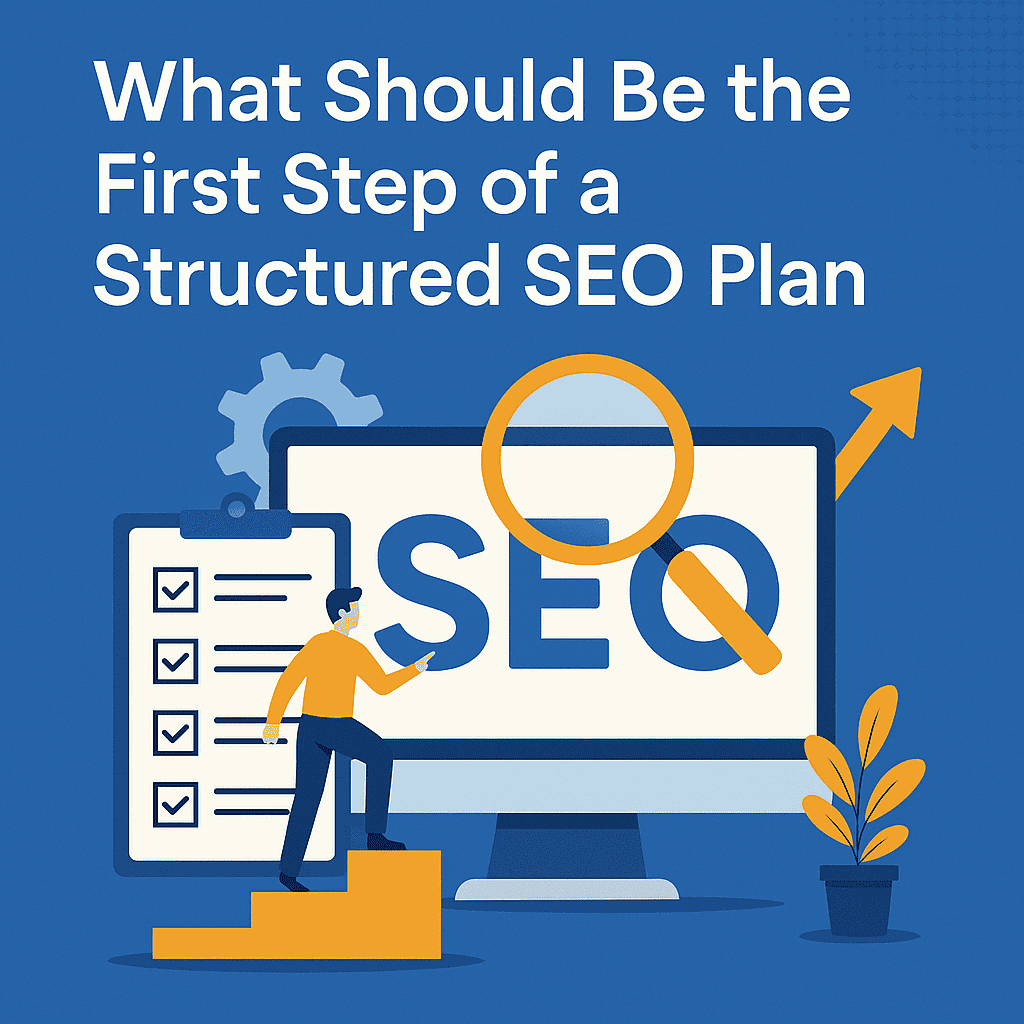



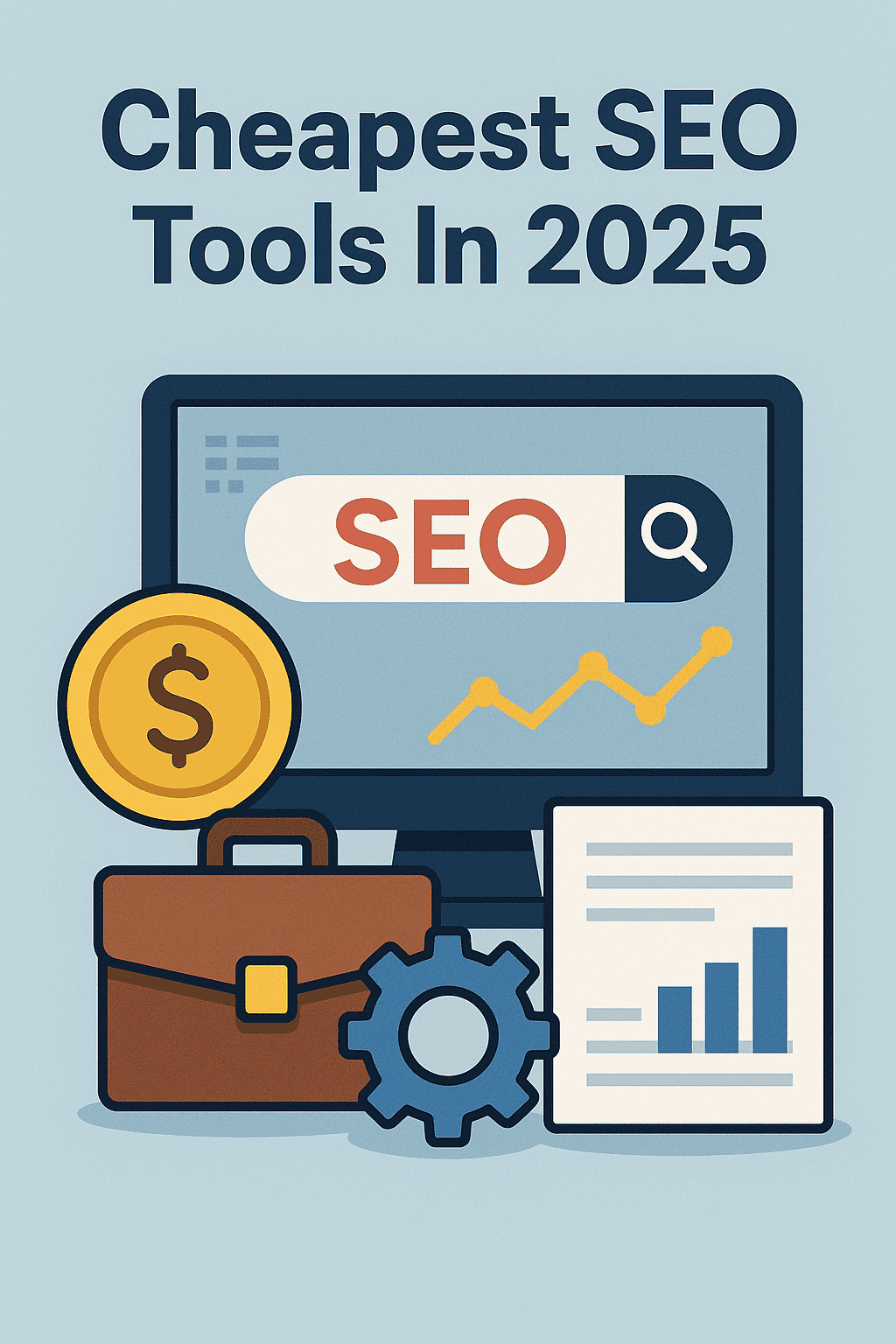
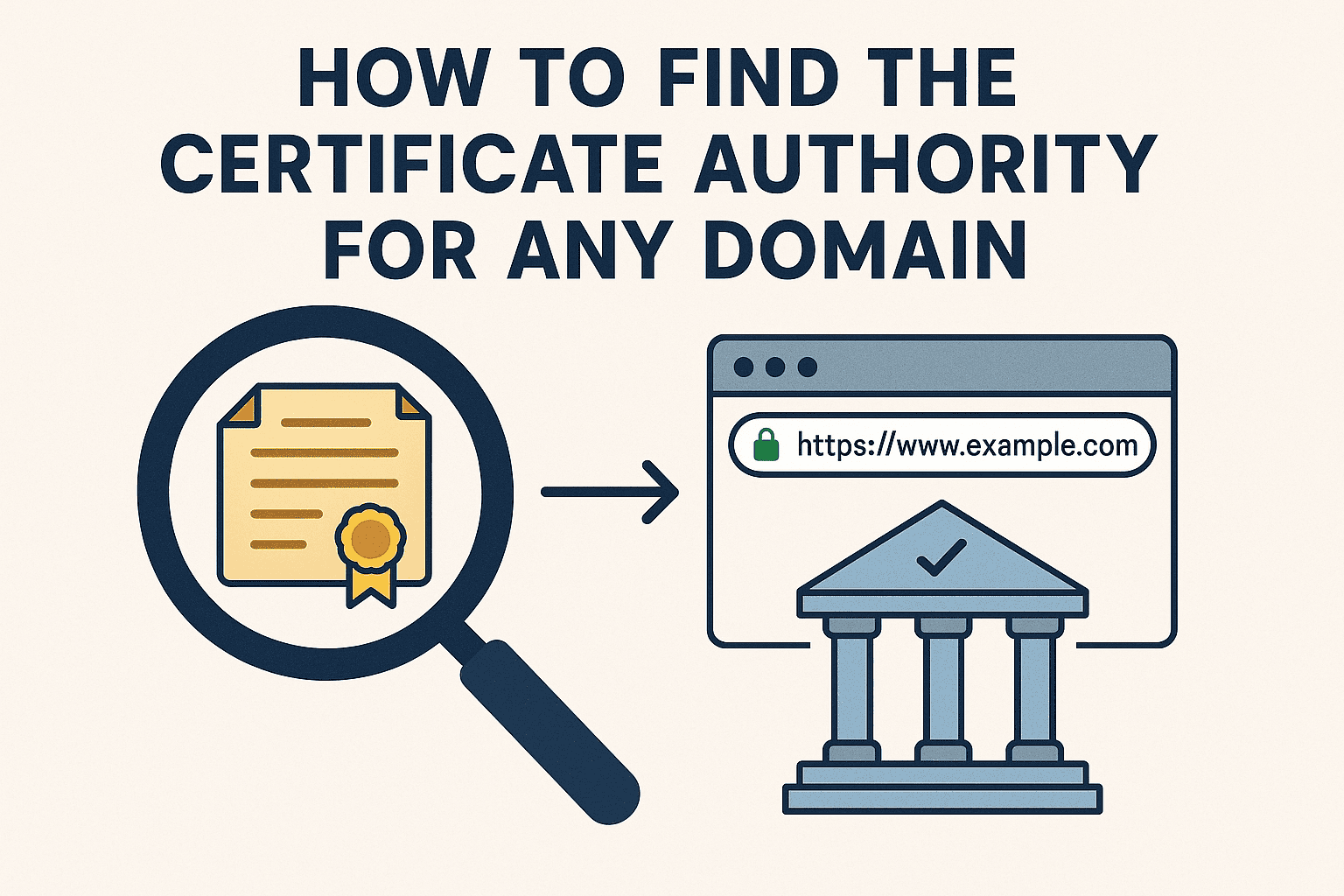
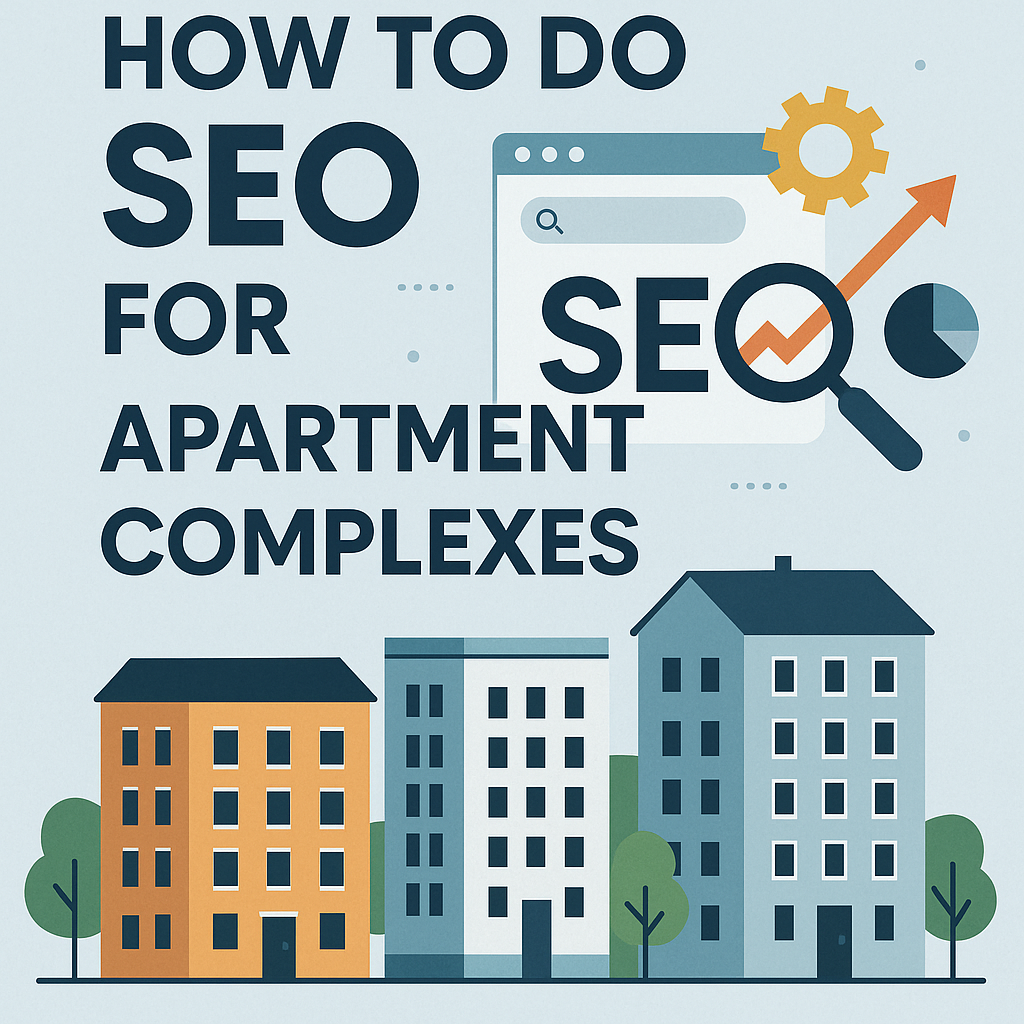
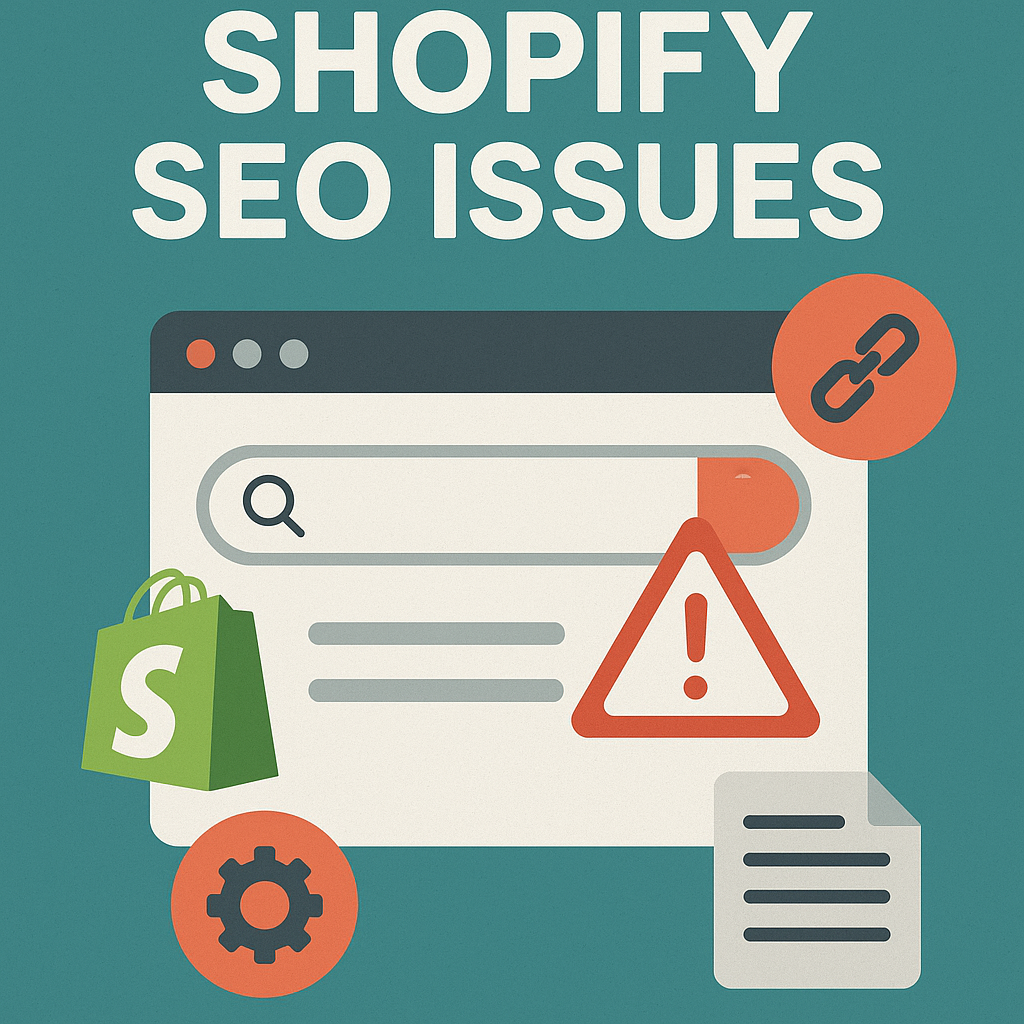


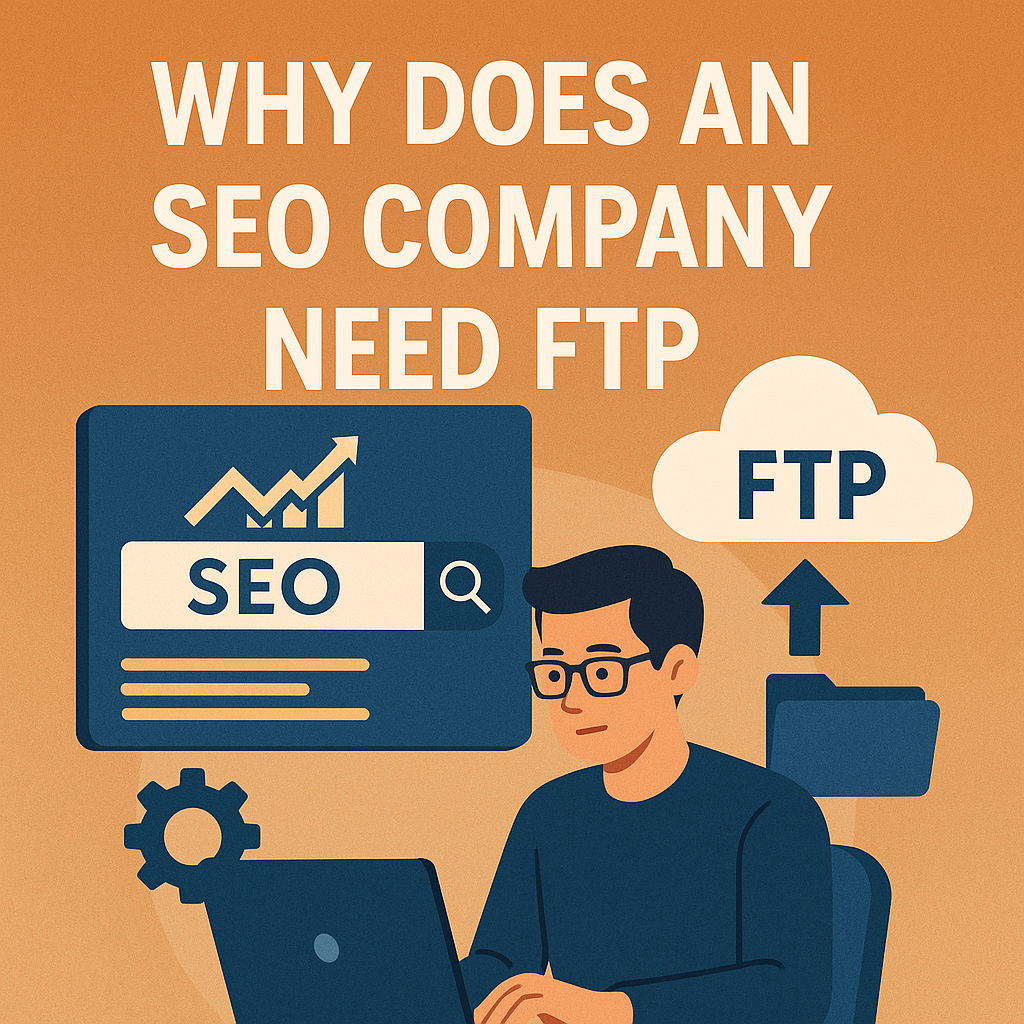
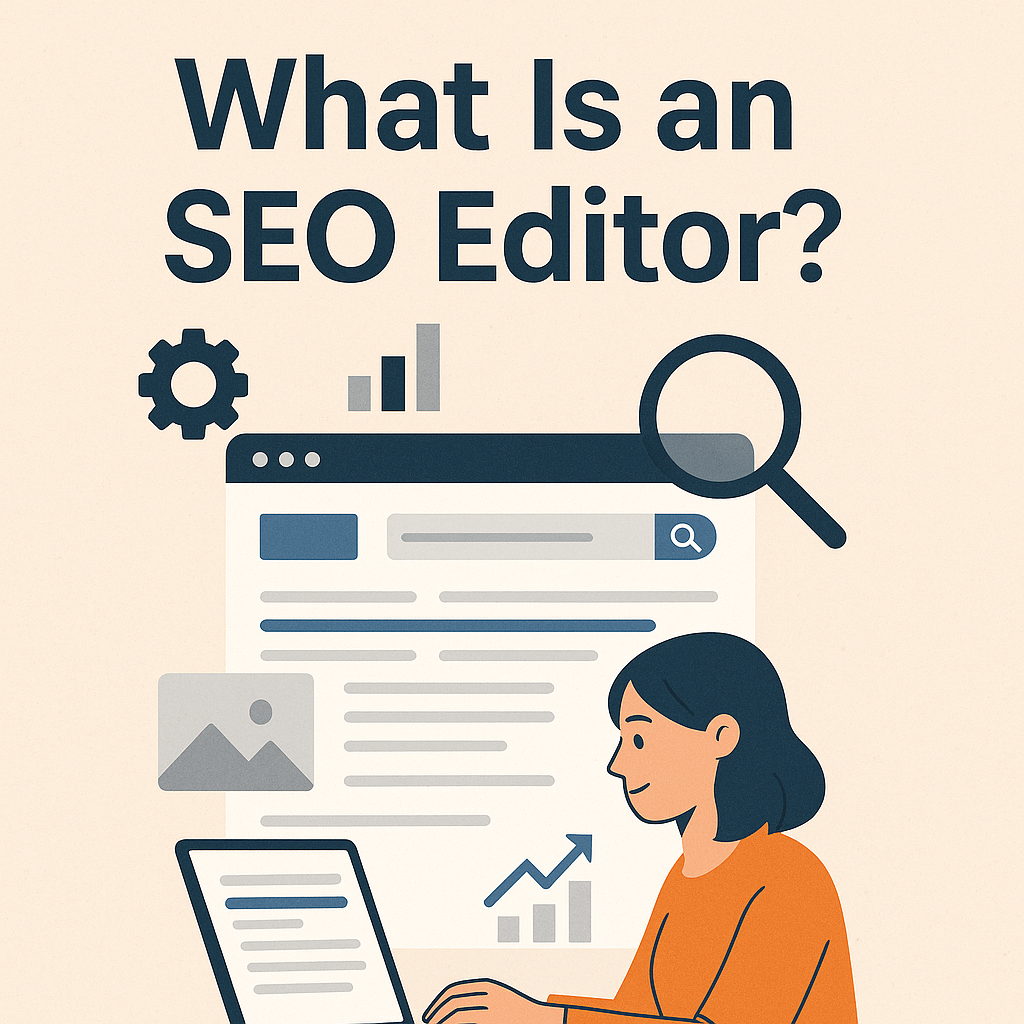
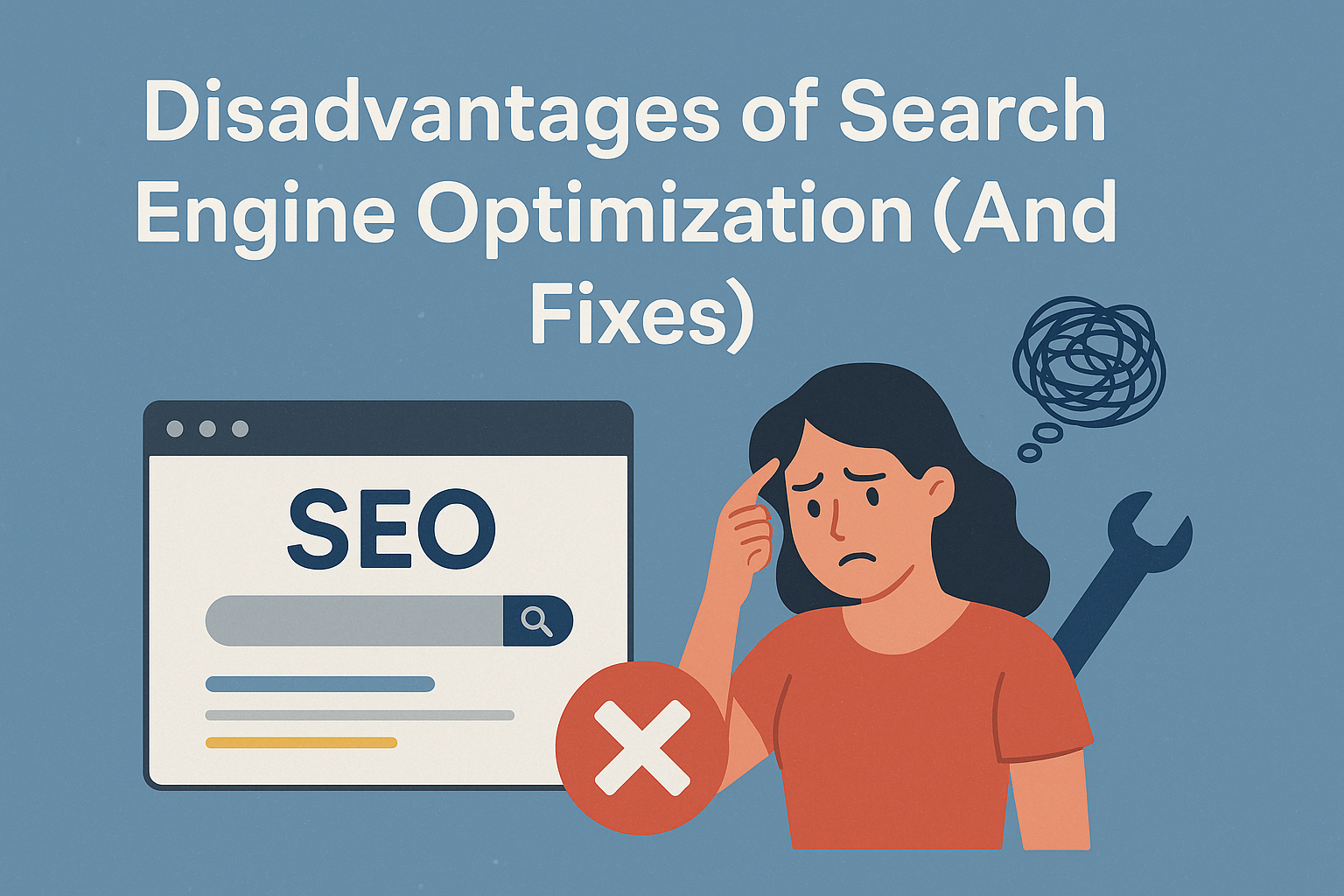

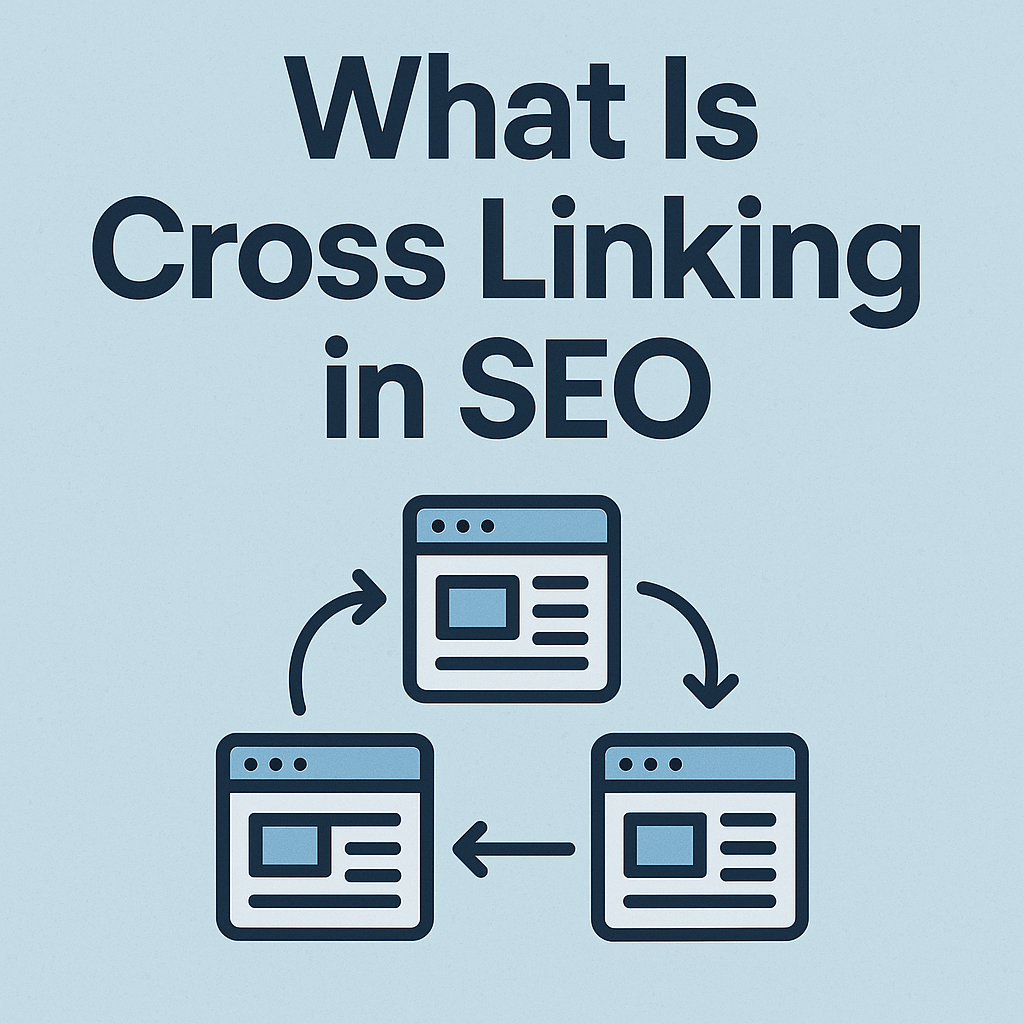

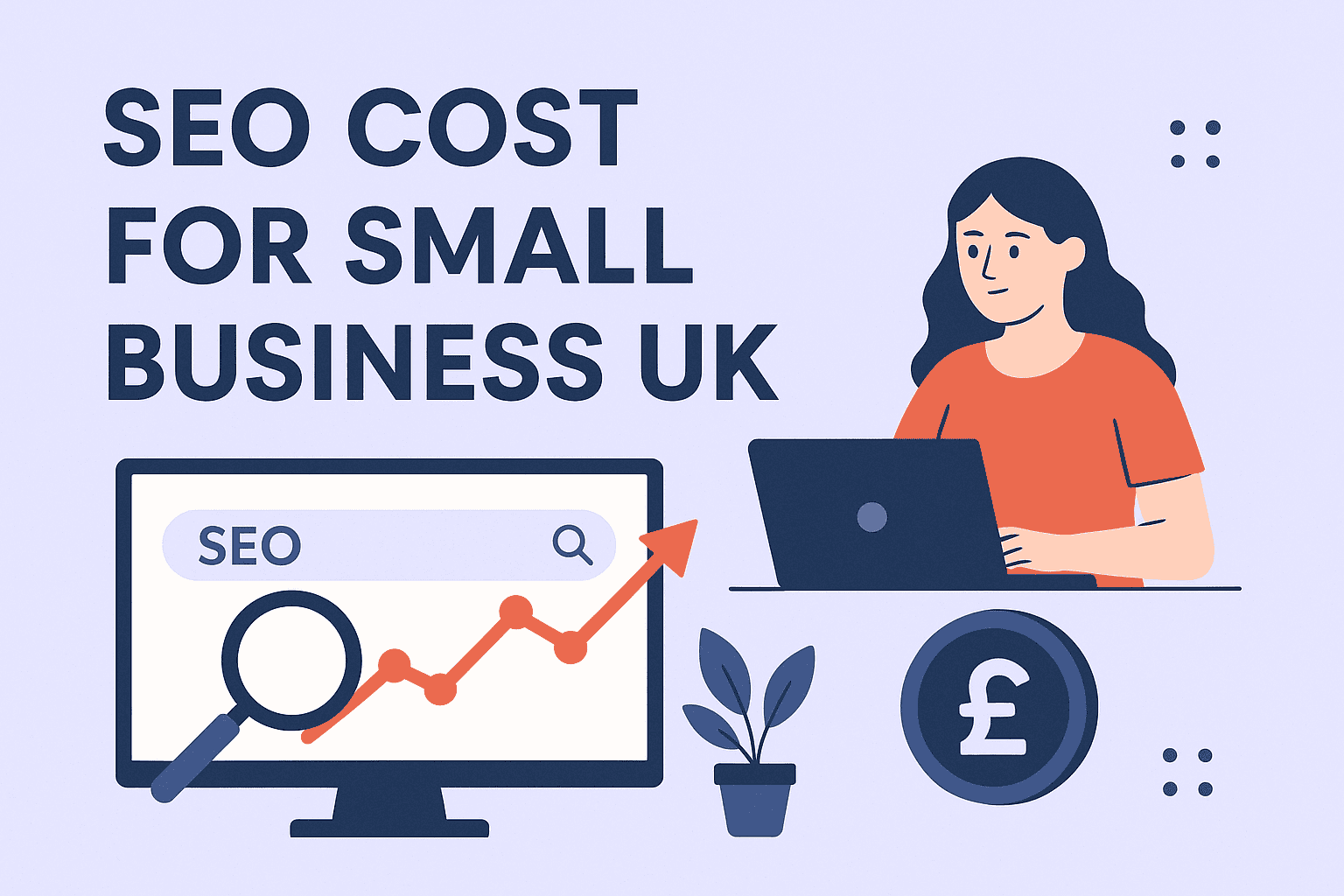

![How Many Outbound Links Per Blog [2025 Updated]](https://backlinkmanagement.io/wp-content/uploads/2025/06/How-Many-Outbound-Links-Per-Blog.png)
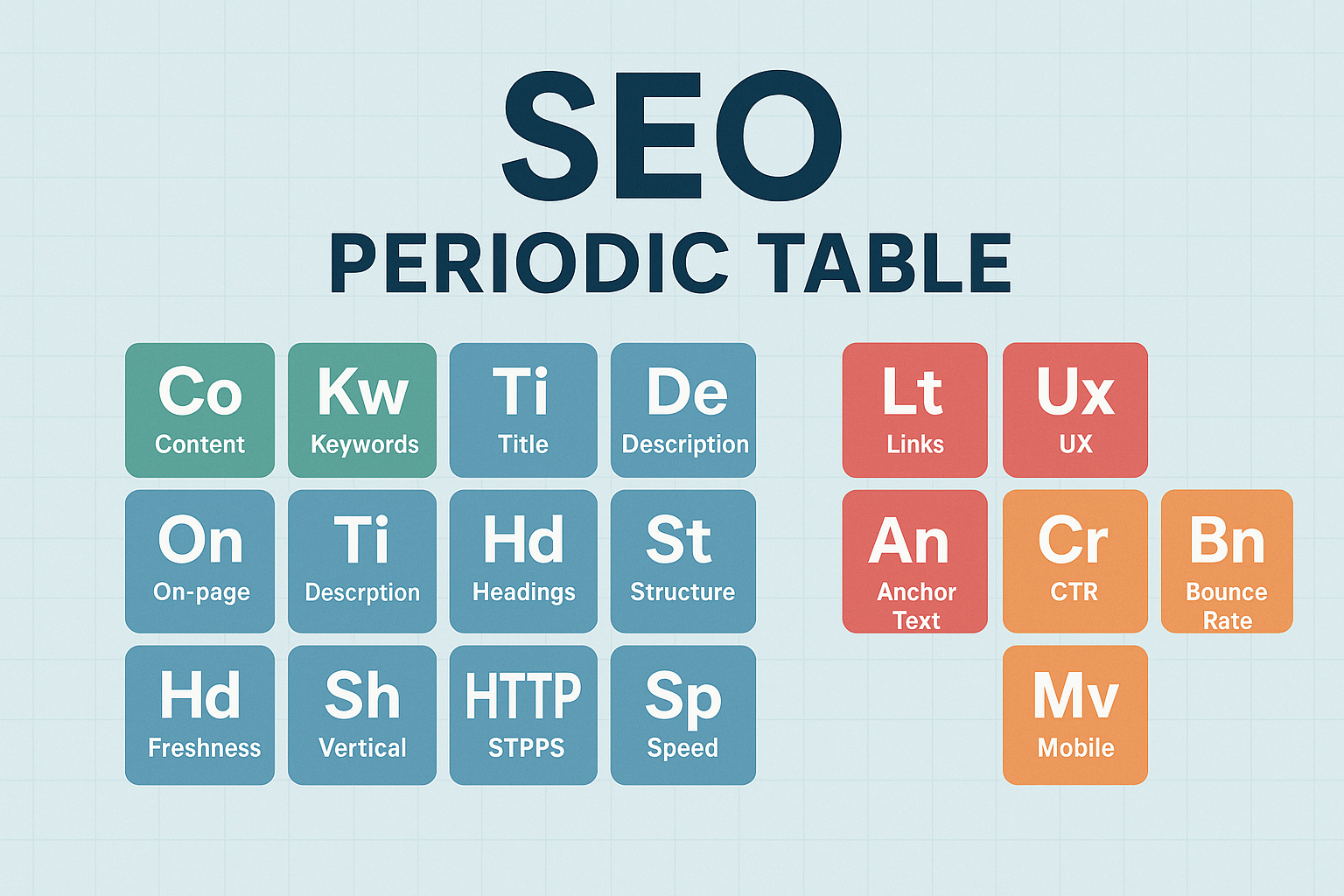

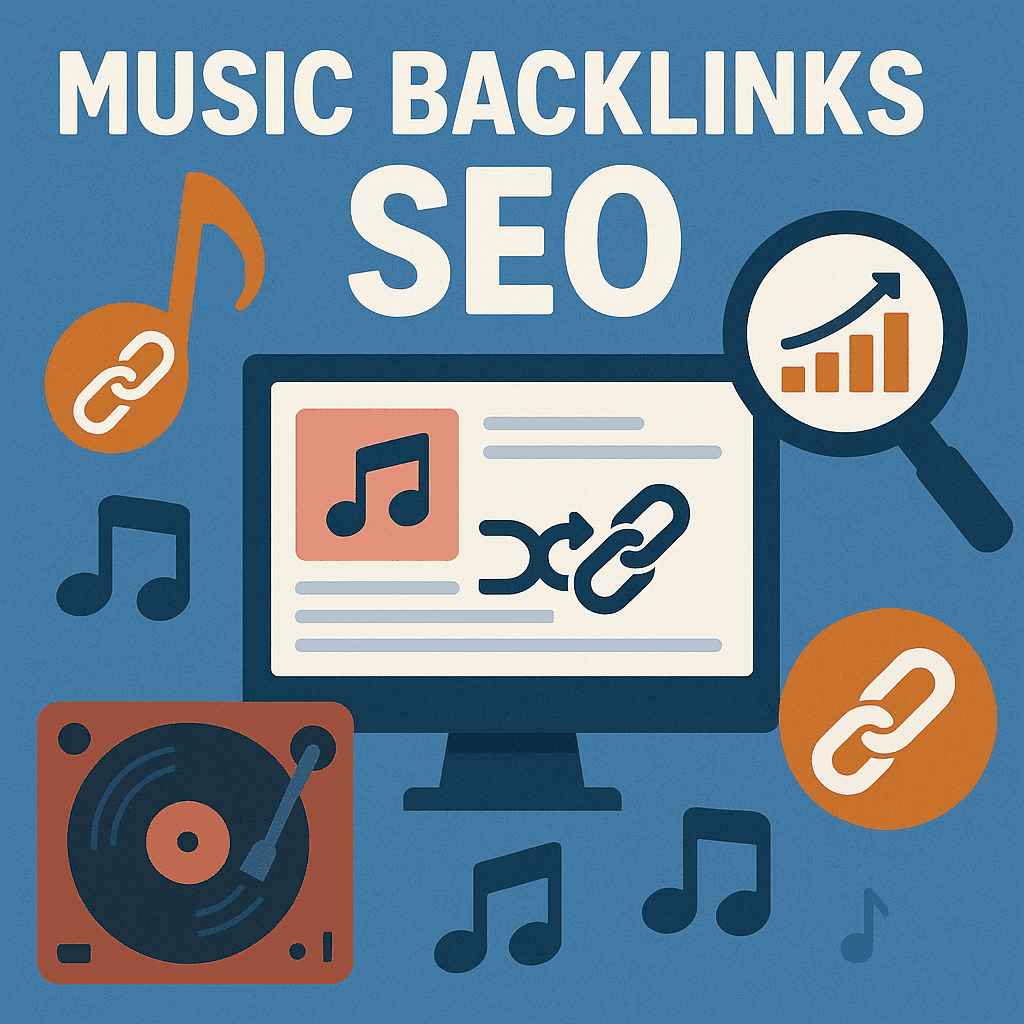
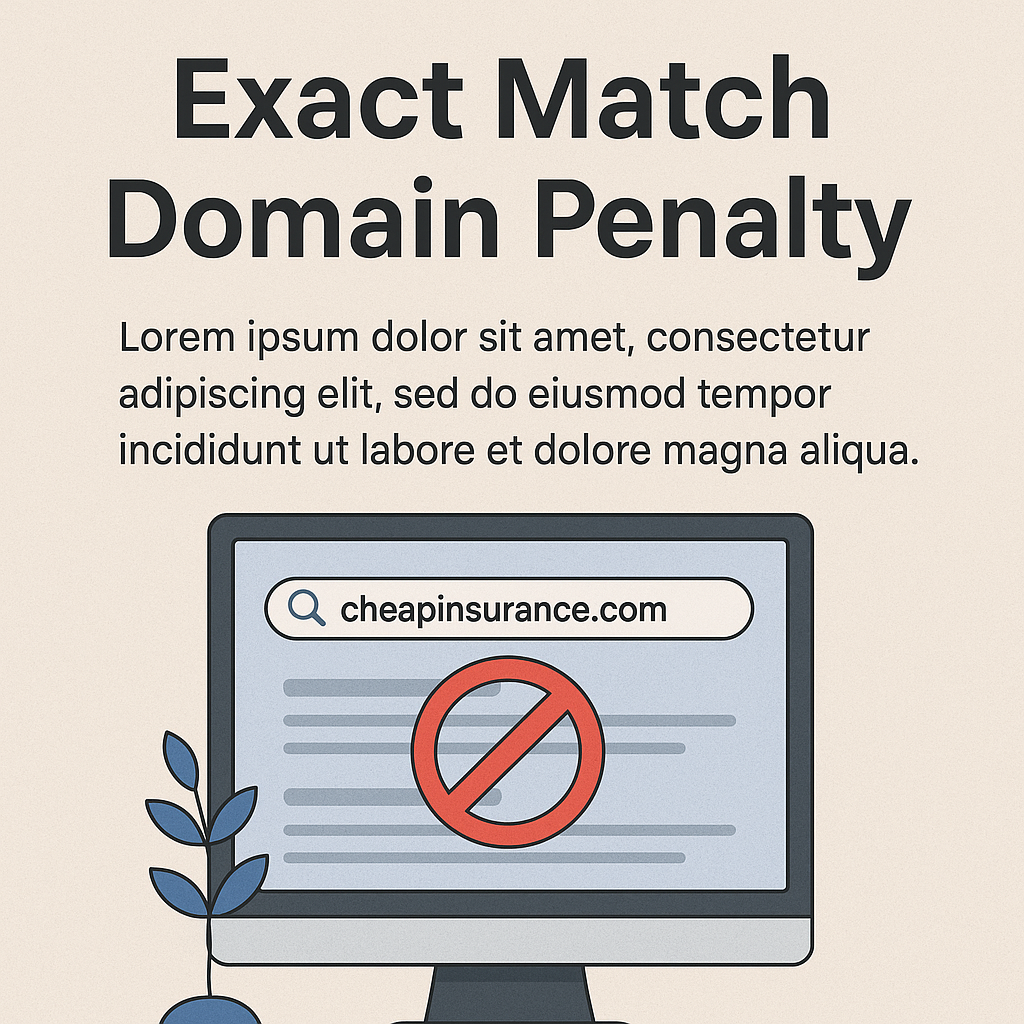
![B2B and B2C Website Examples [2025 Updated]](https://backlinkmanagement.io/wp-content/uploads/2025/05/B2B-and-B2C-Website-Example-.png)
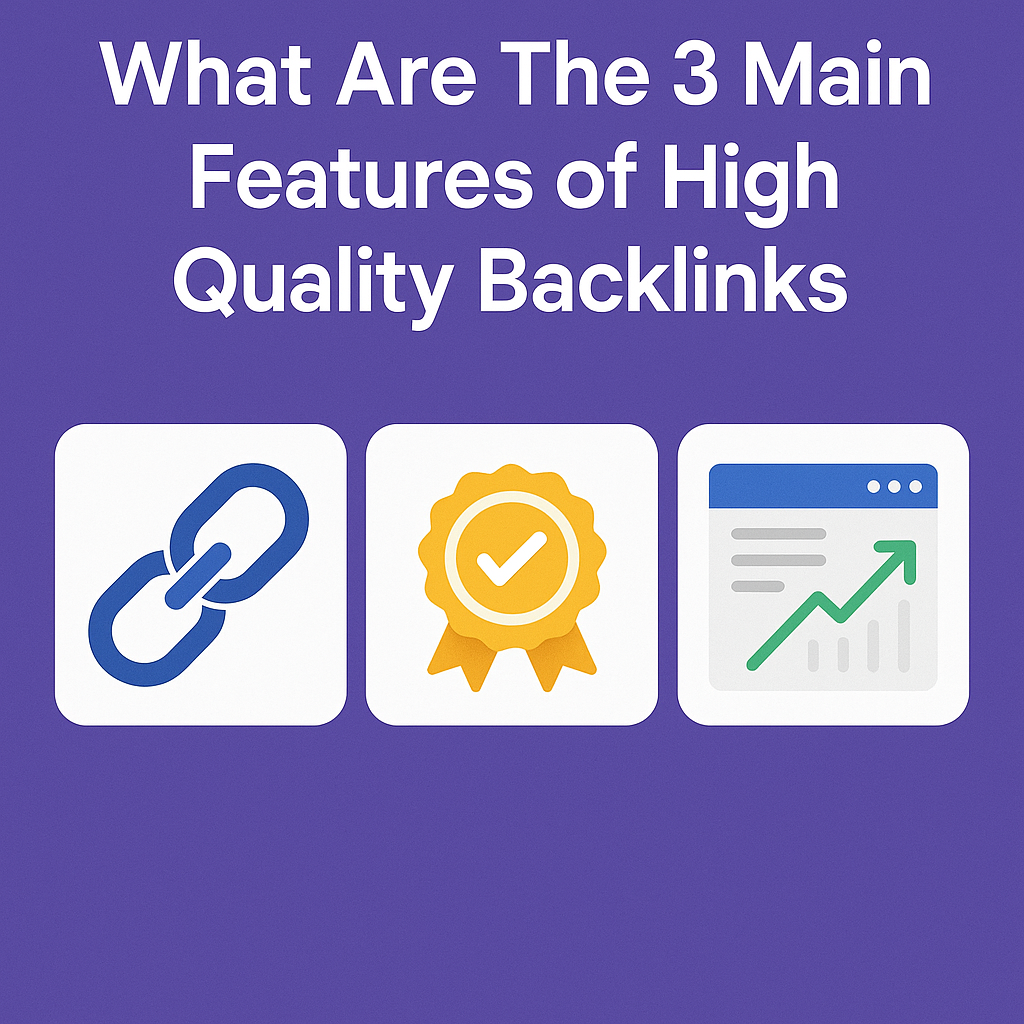
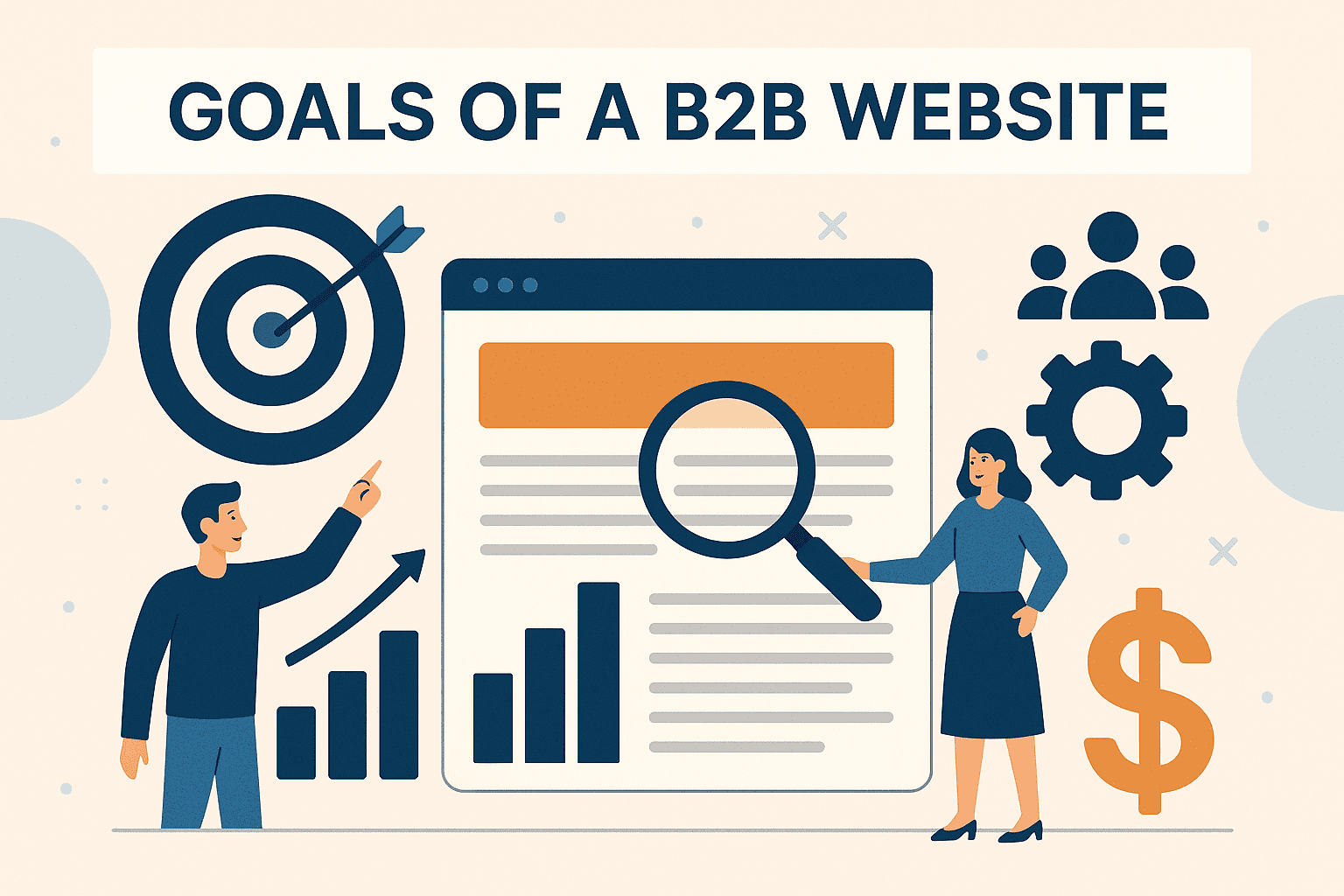

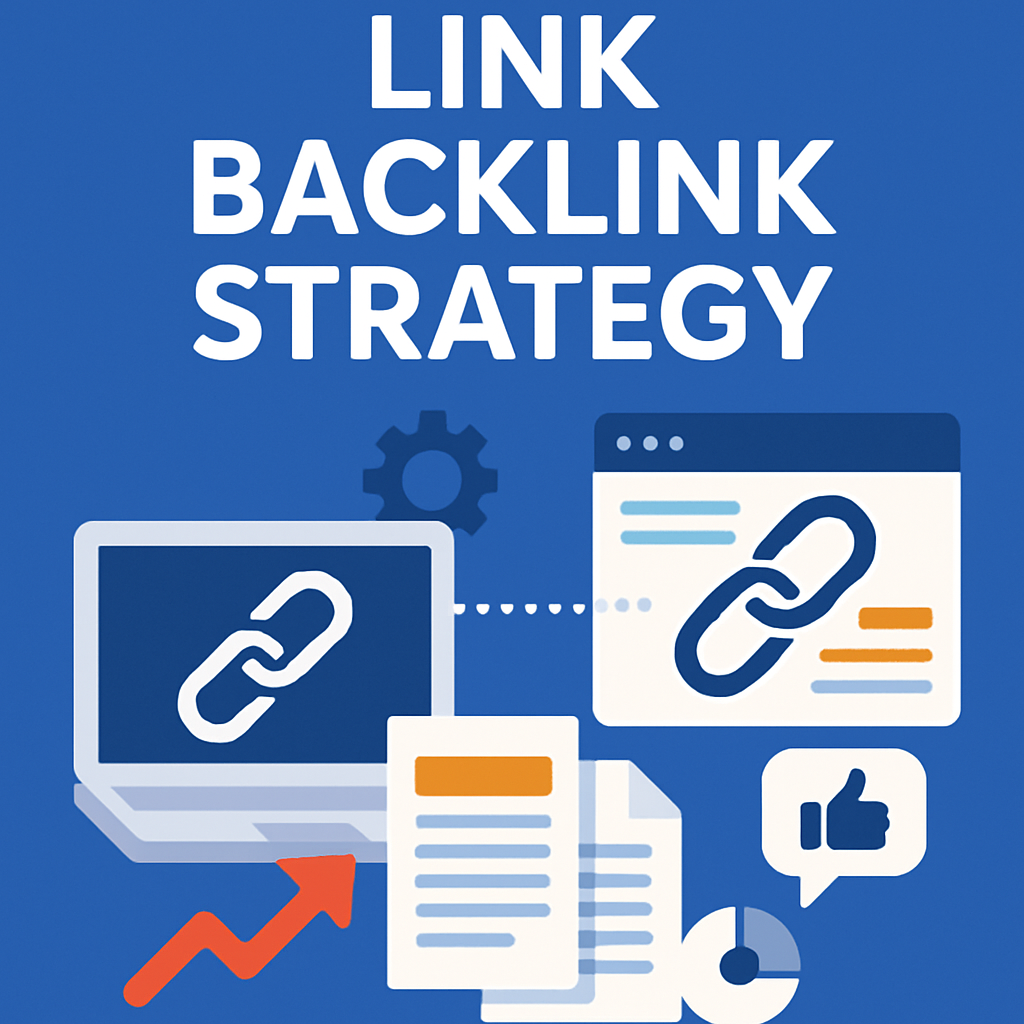
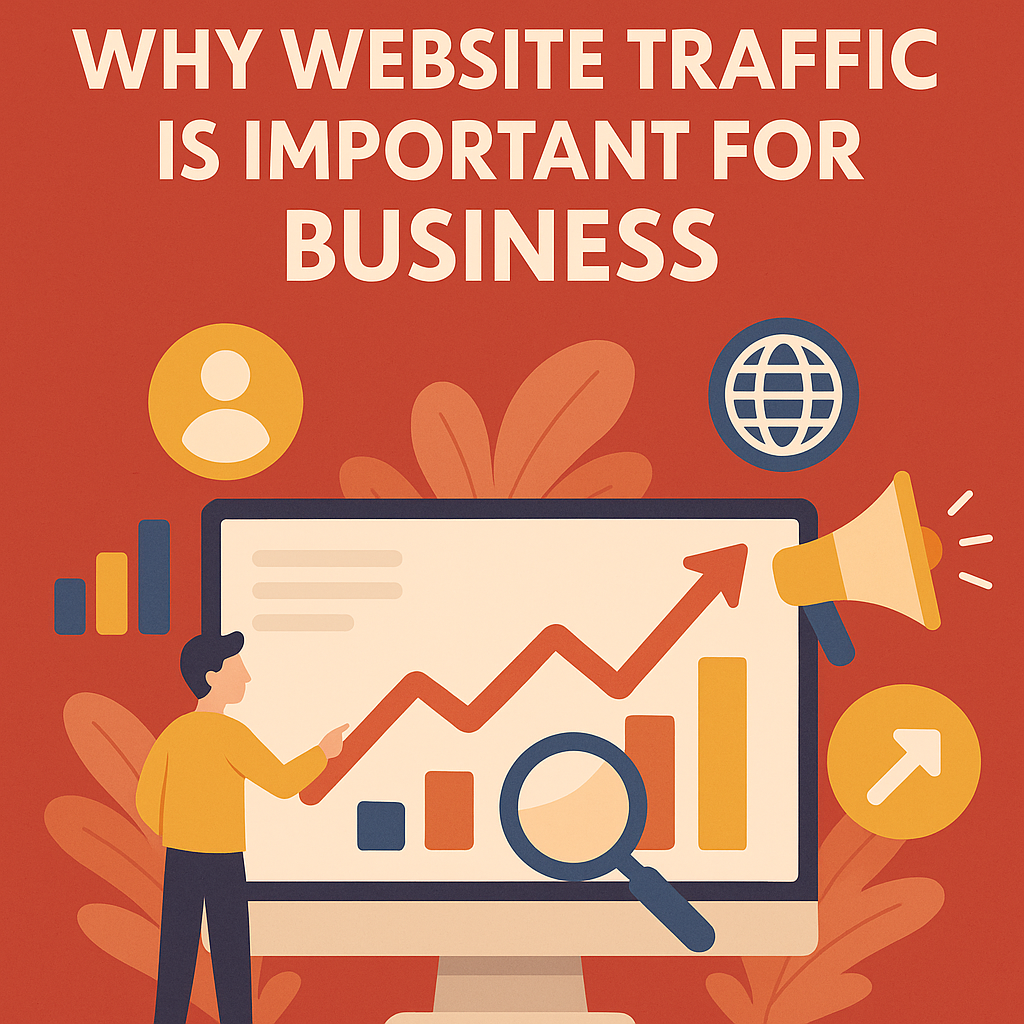
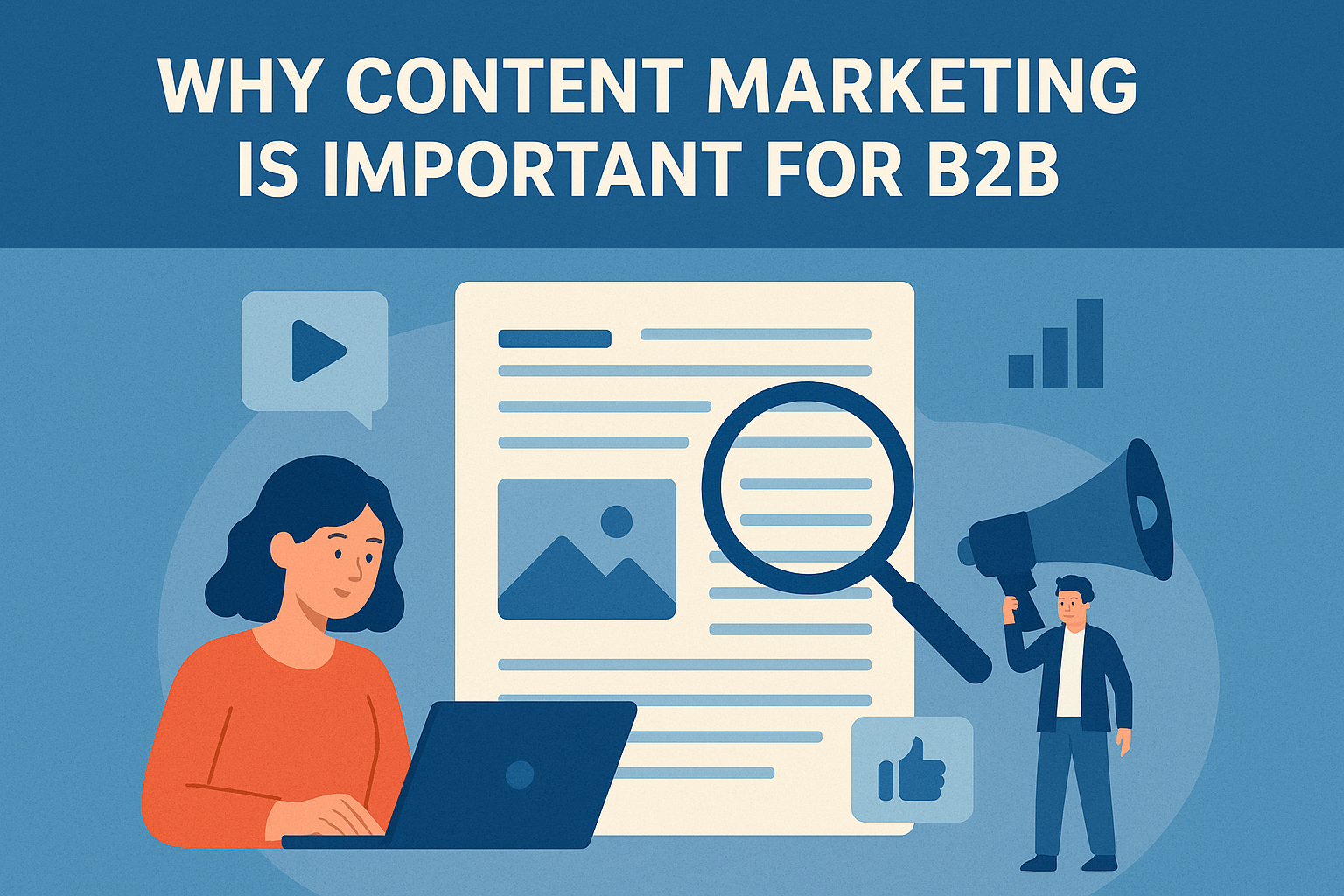
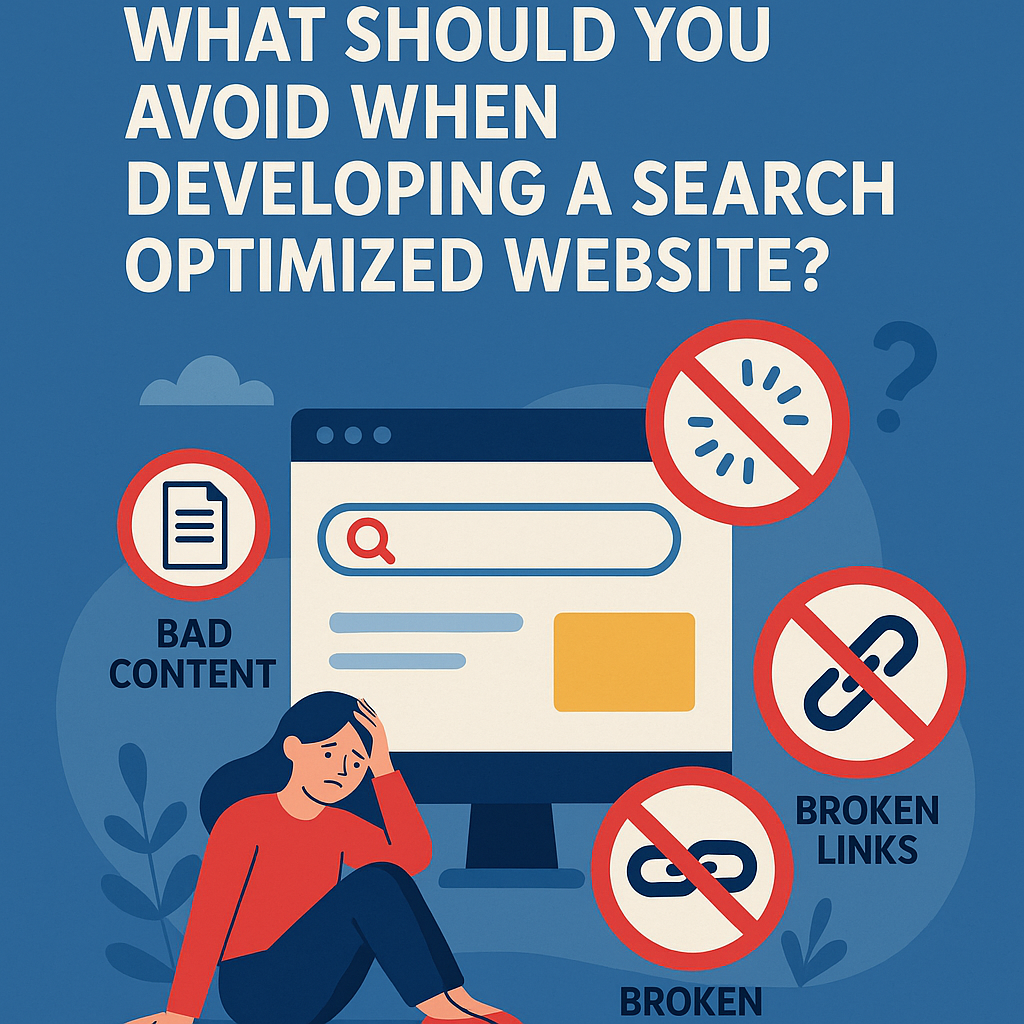


![What To Do After Keyword Research [2025 Guide]](https://backlinkmanagement.io/wp-content/uploads/2025/05/What-To-Do-After-Keyword-Research.png)
![Is Page Speed Really A Ranking Factor? [2025]](https://backlinkmanagement.io/wp-content/uploads/2025/05/Is-Page-Speed-Really-A-Ranking-Factor.png)
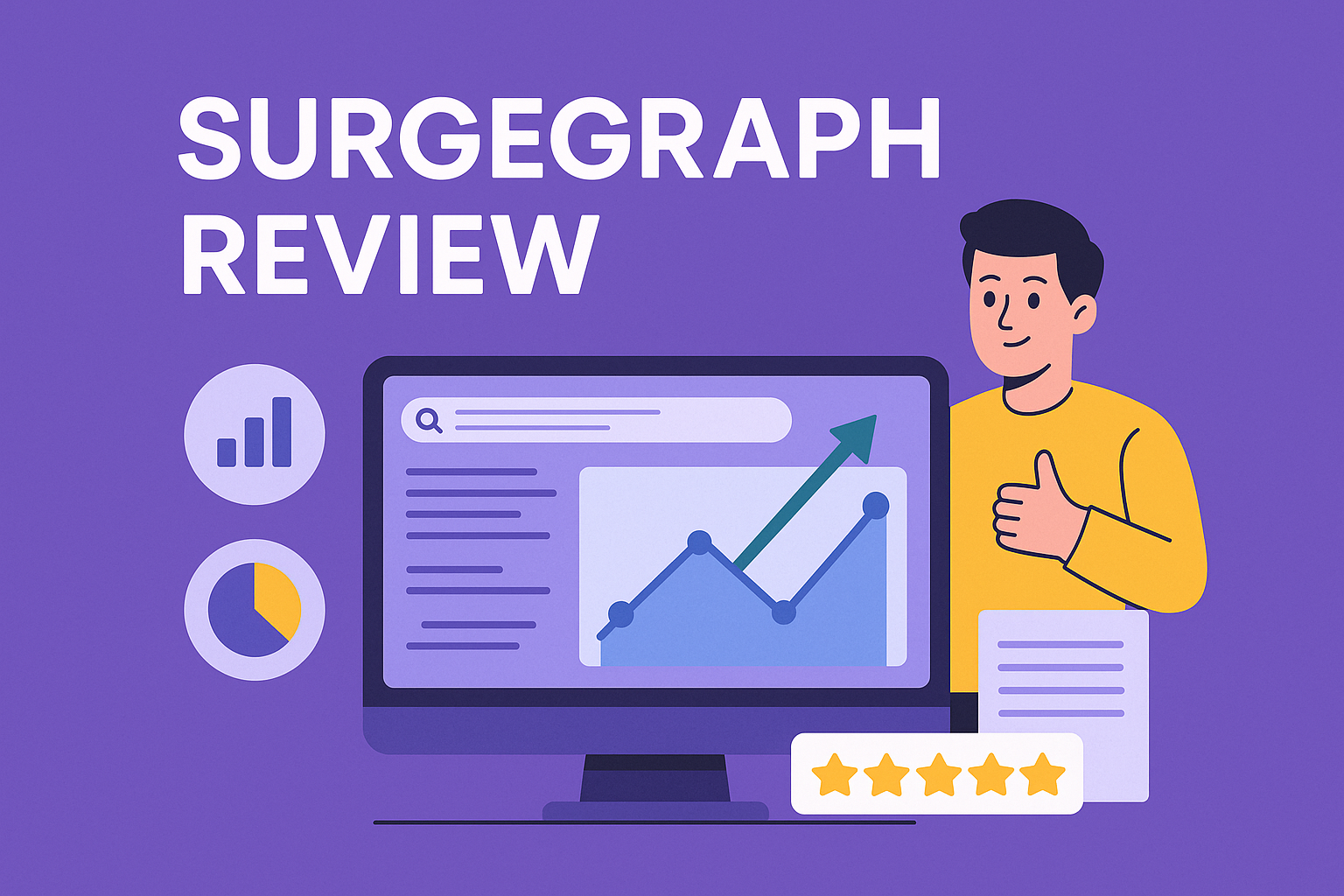
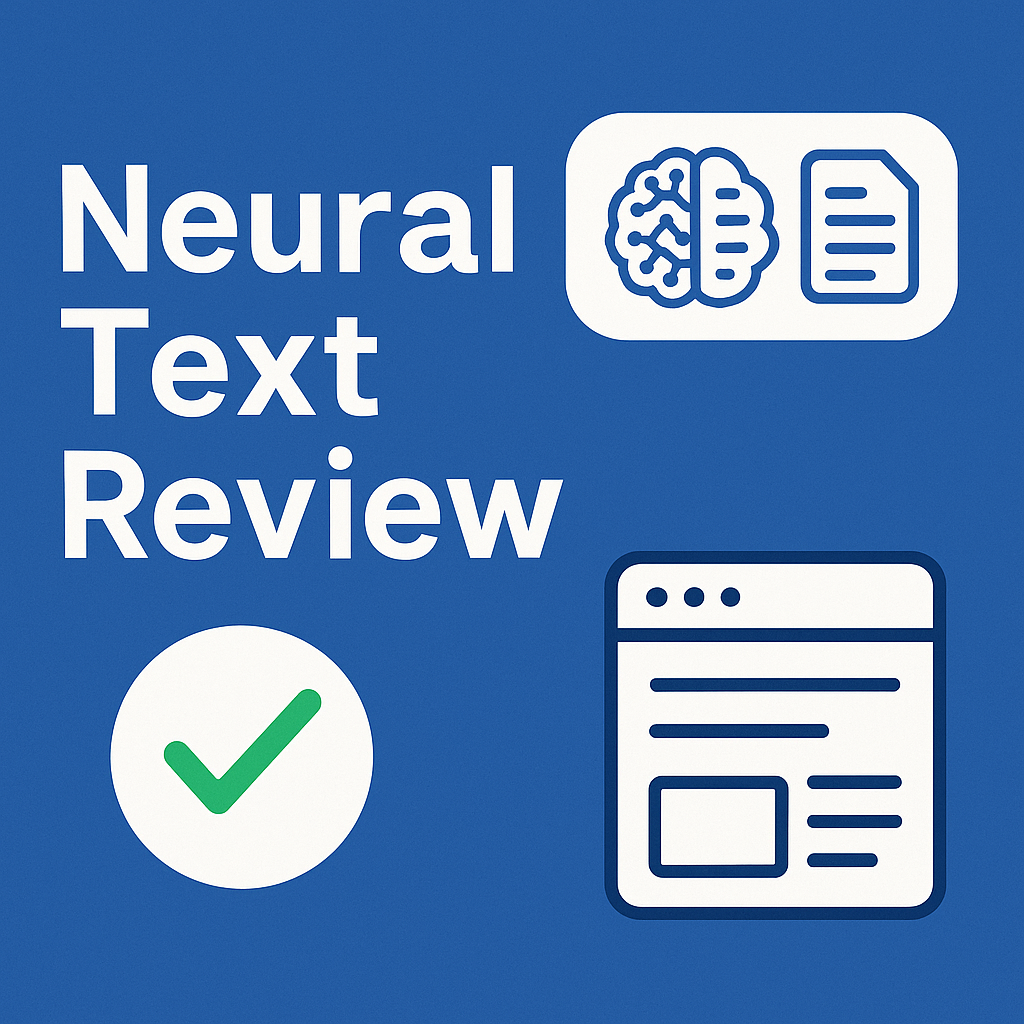

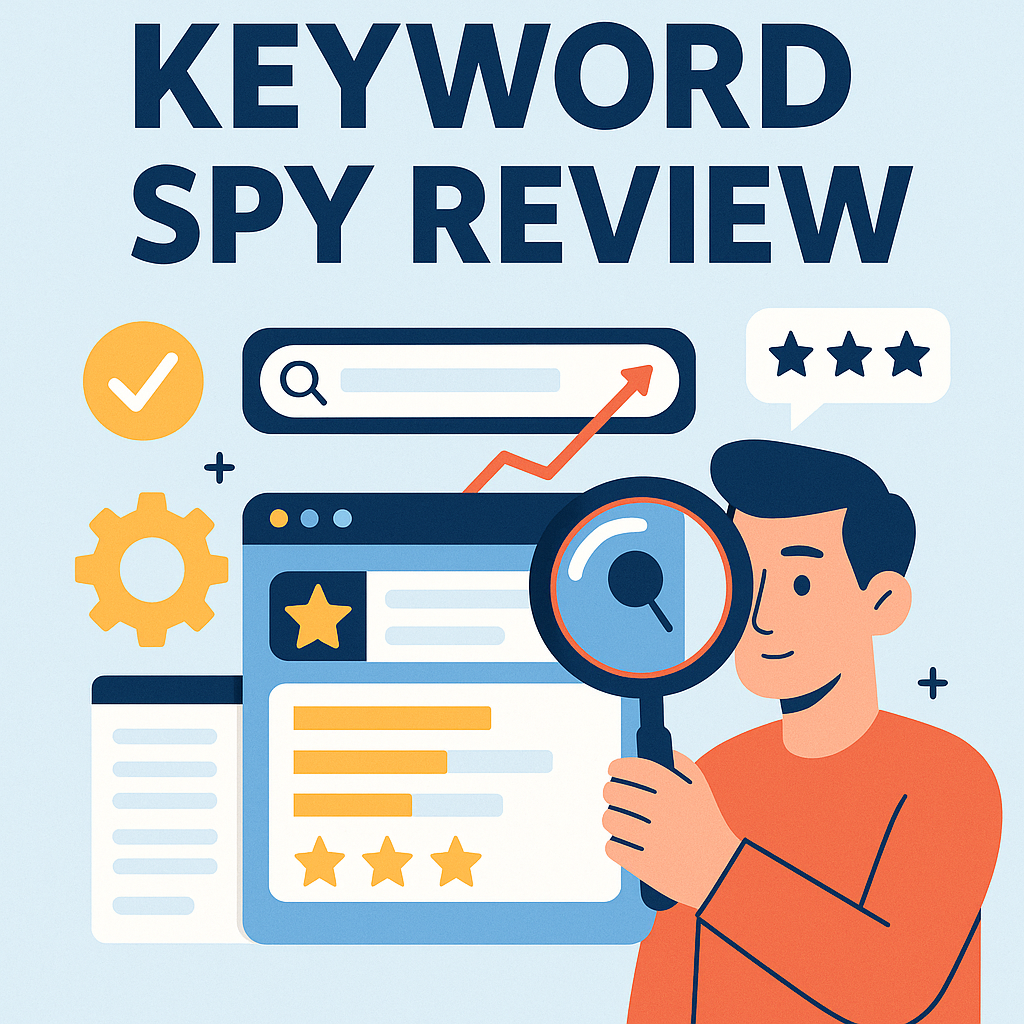




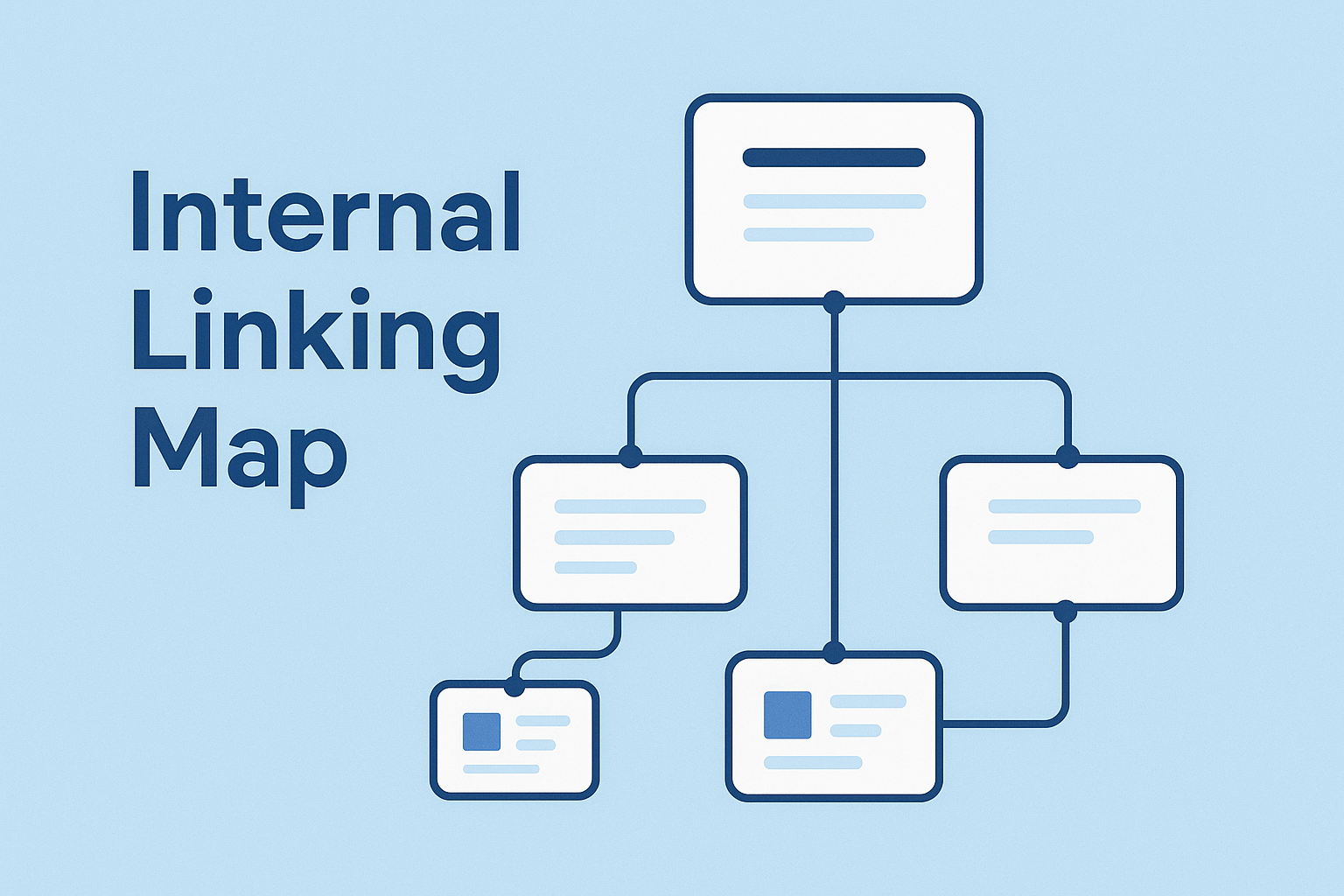

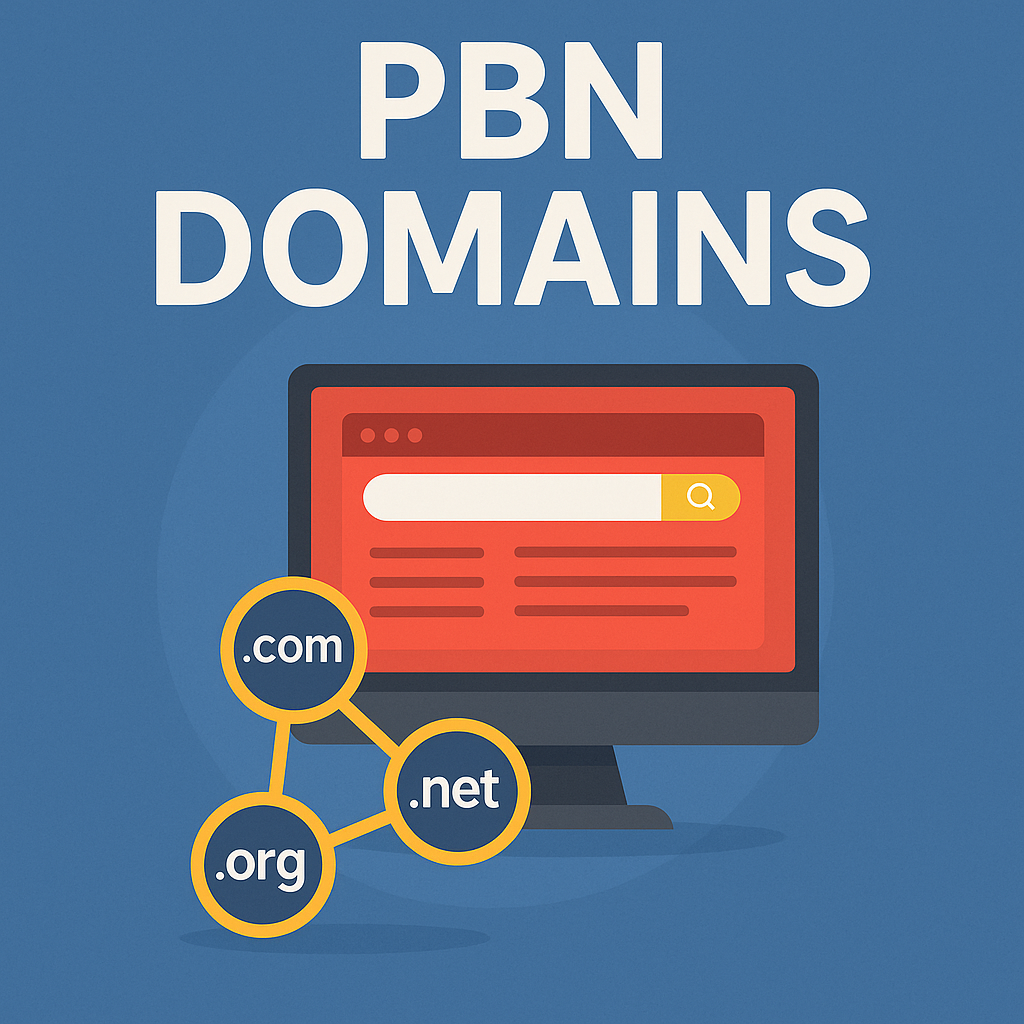
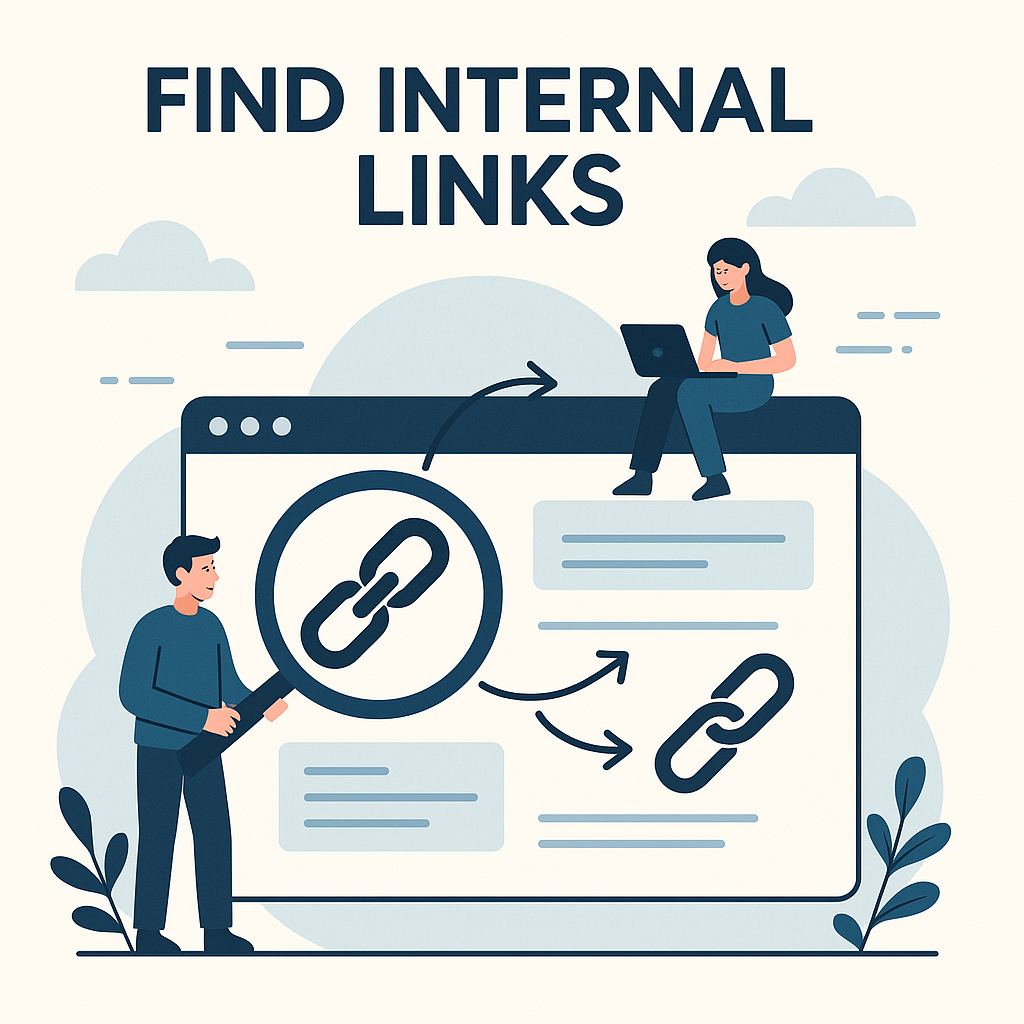
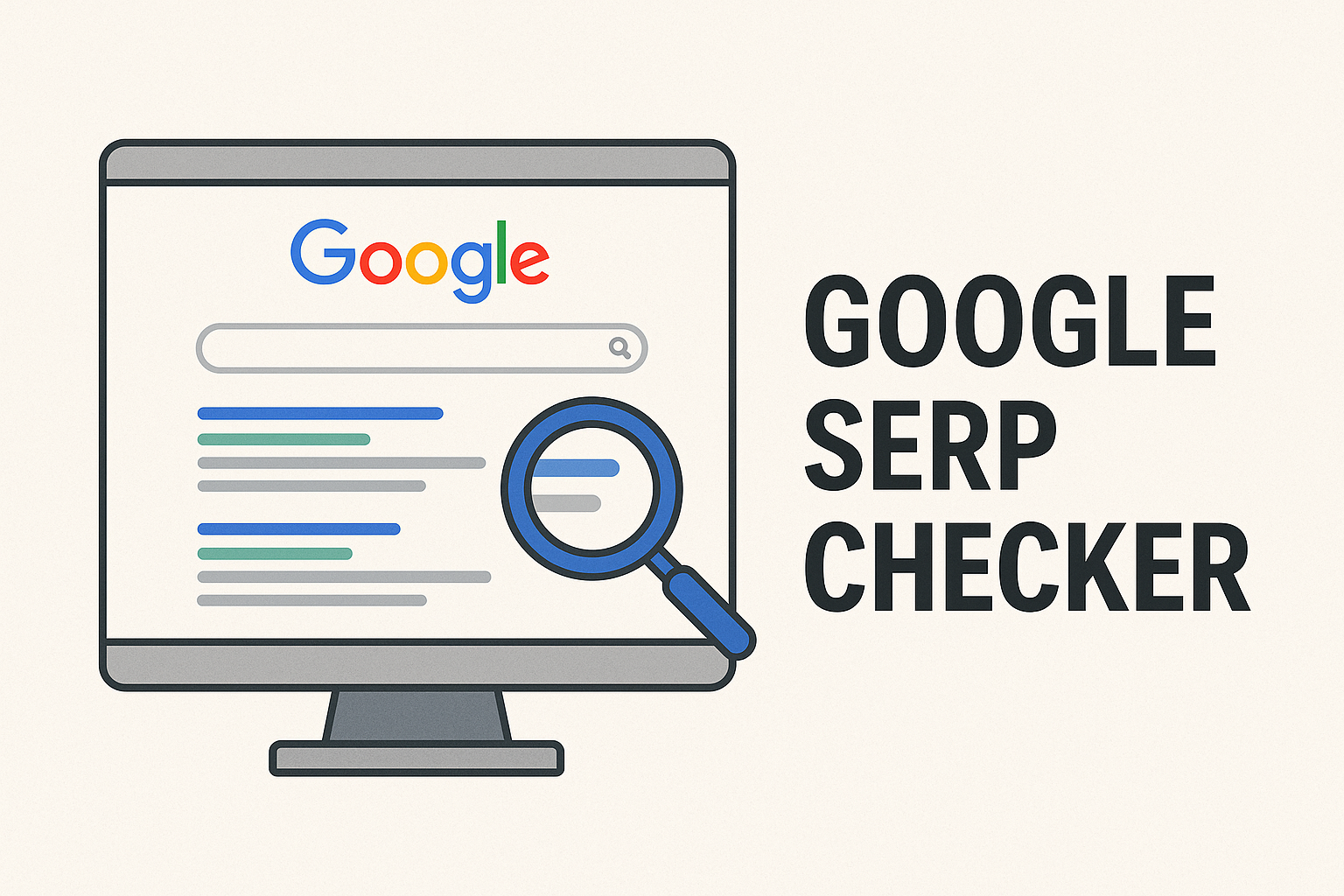
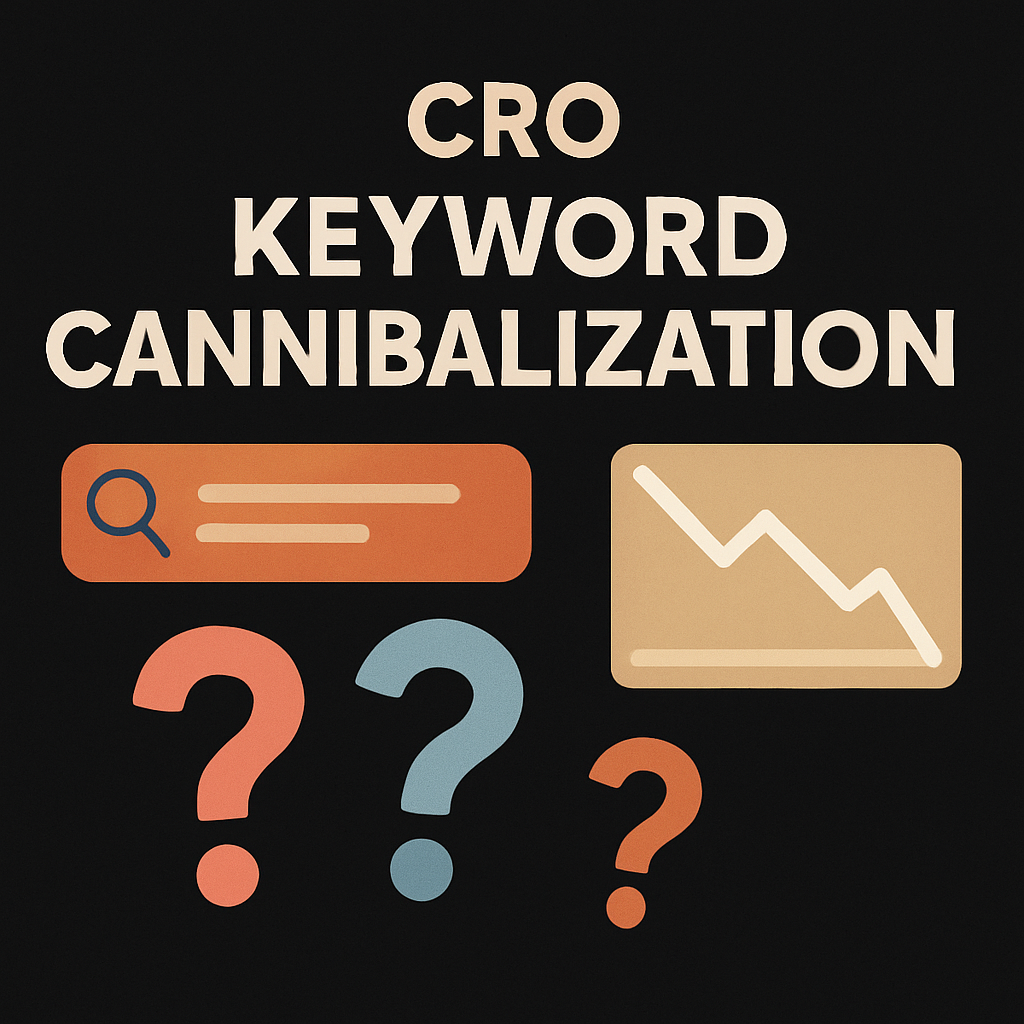
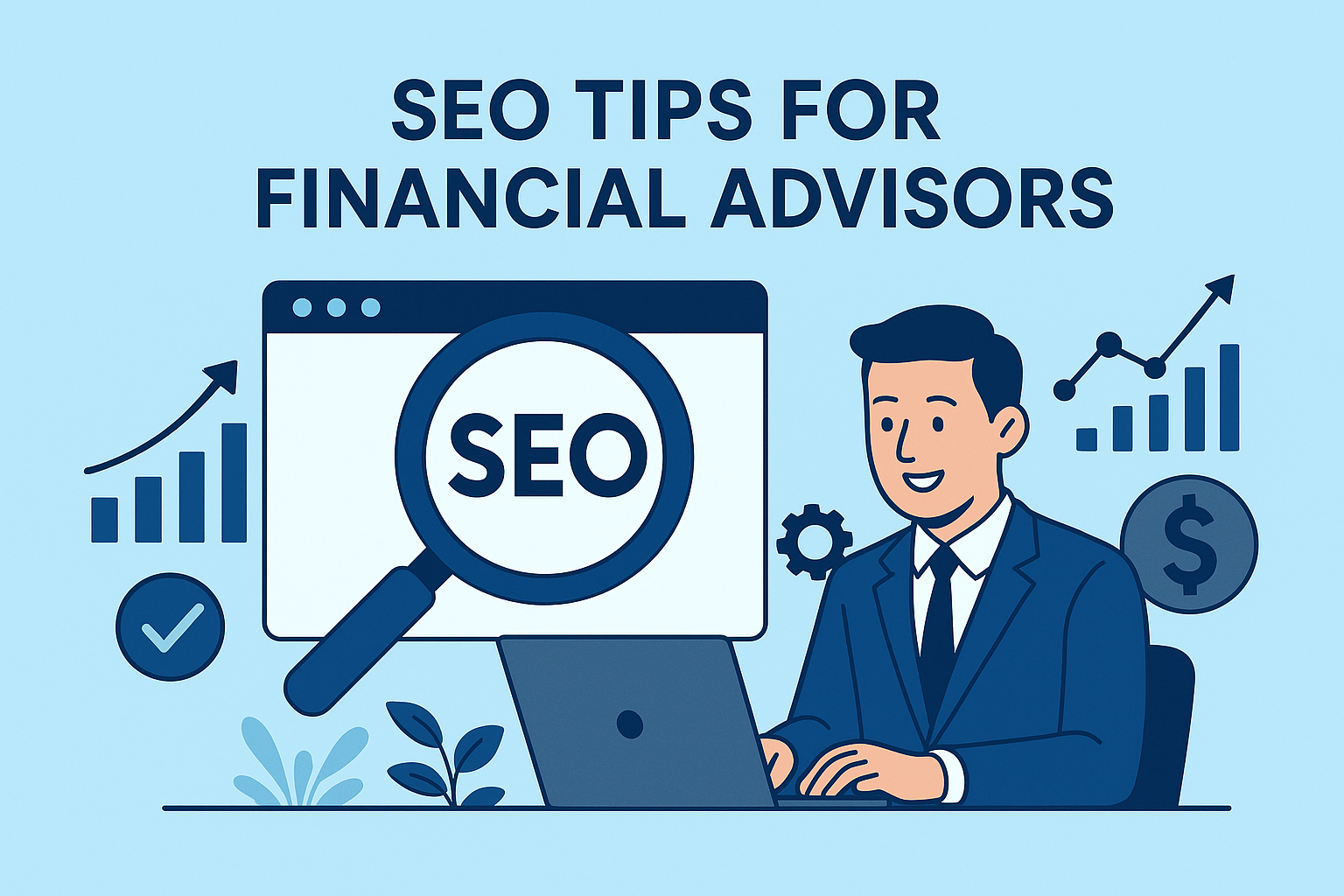

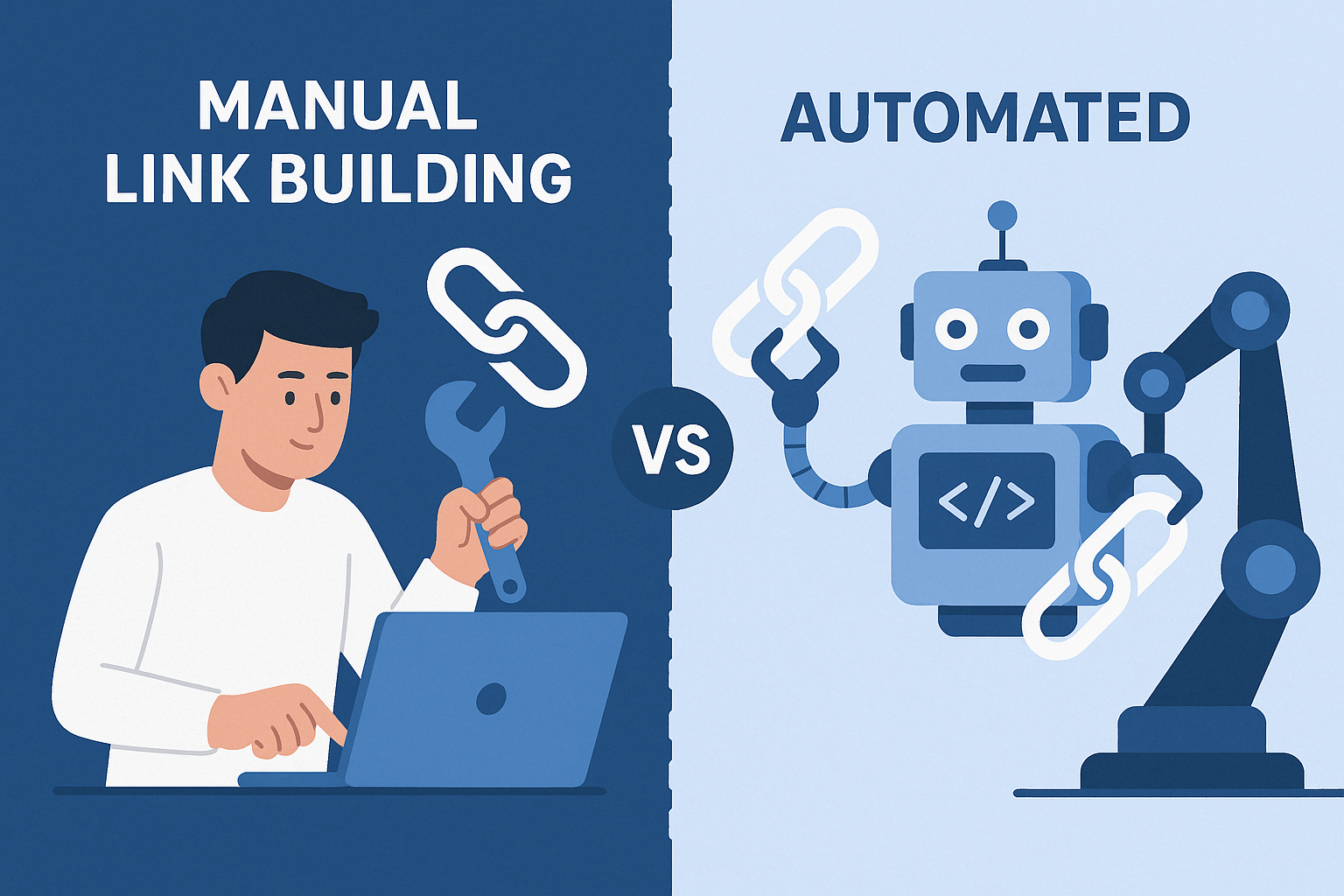



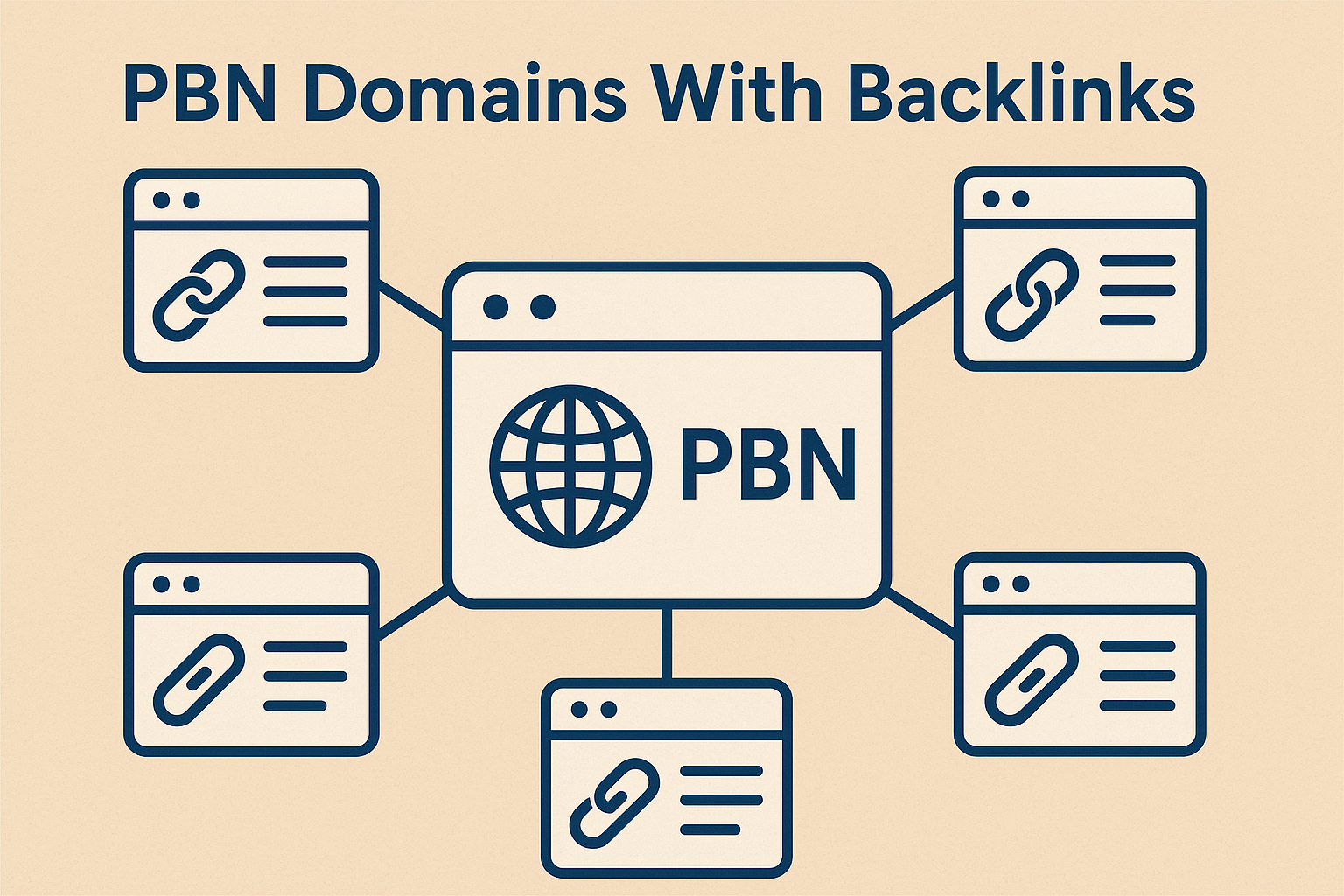
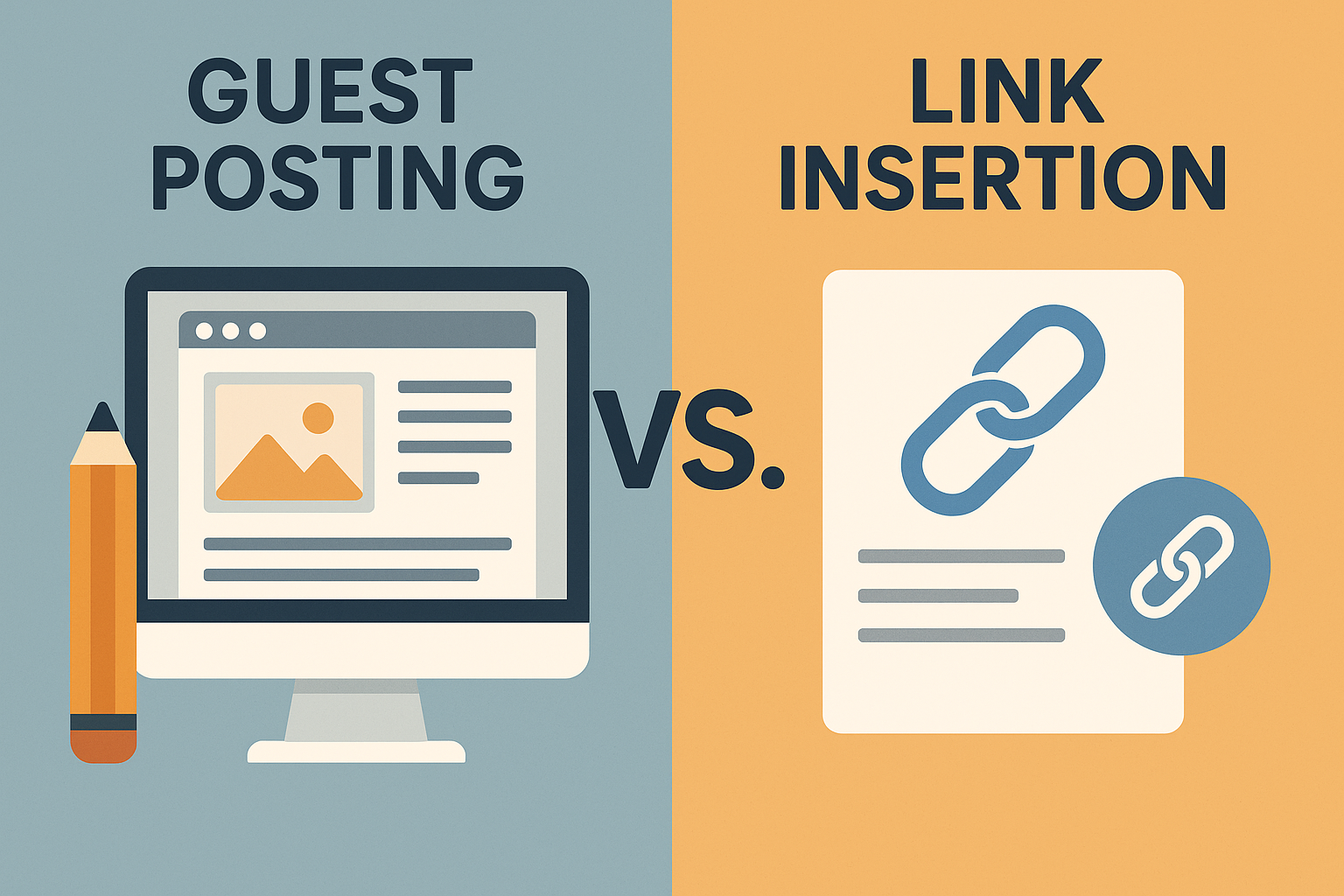
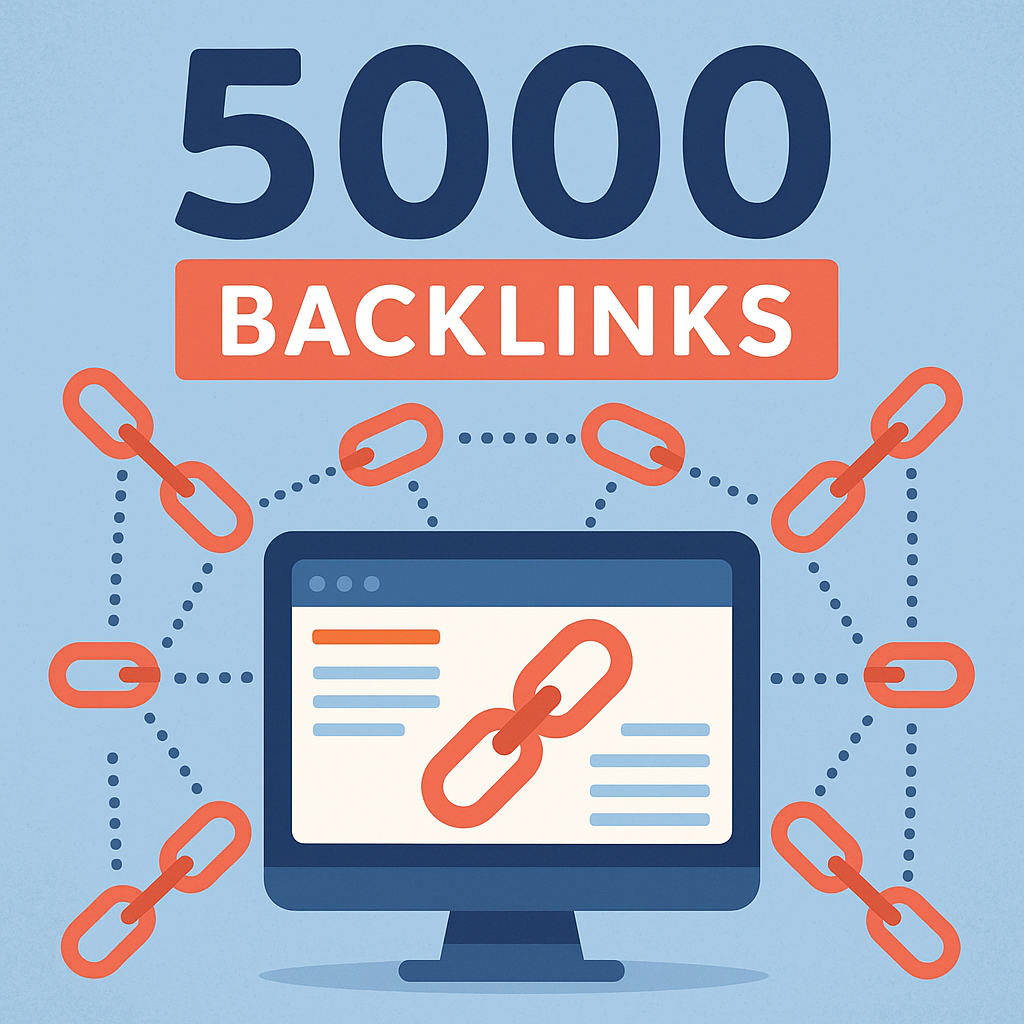
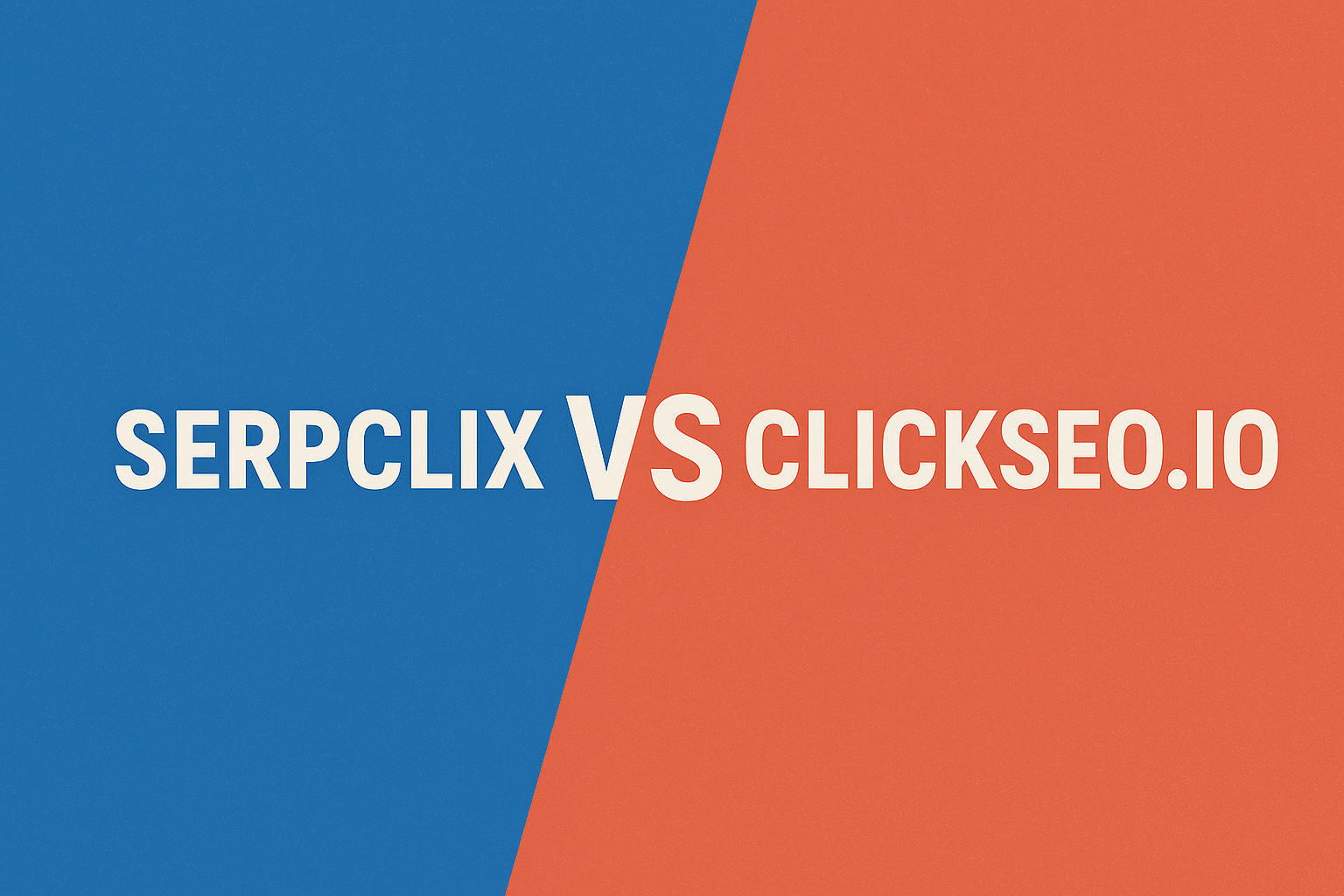

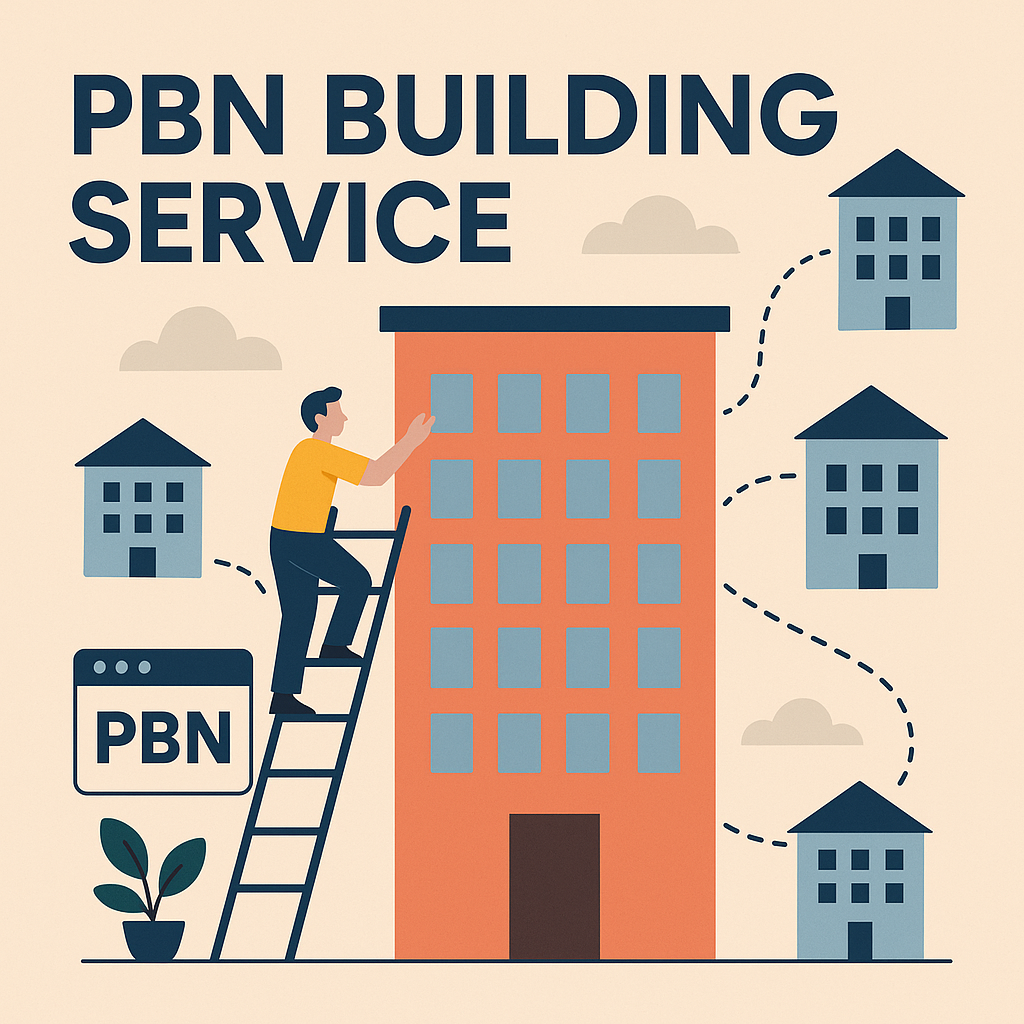
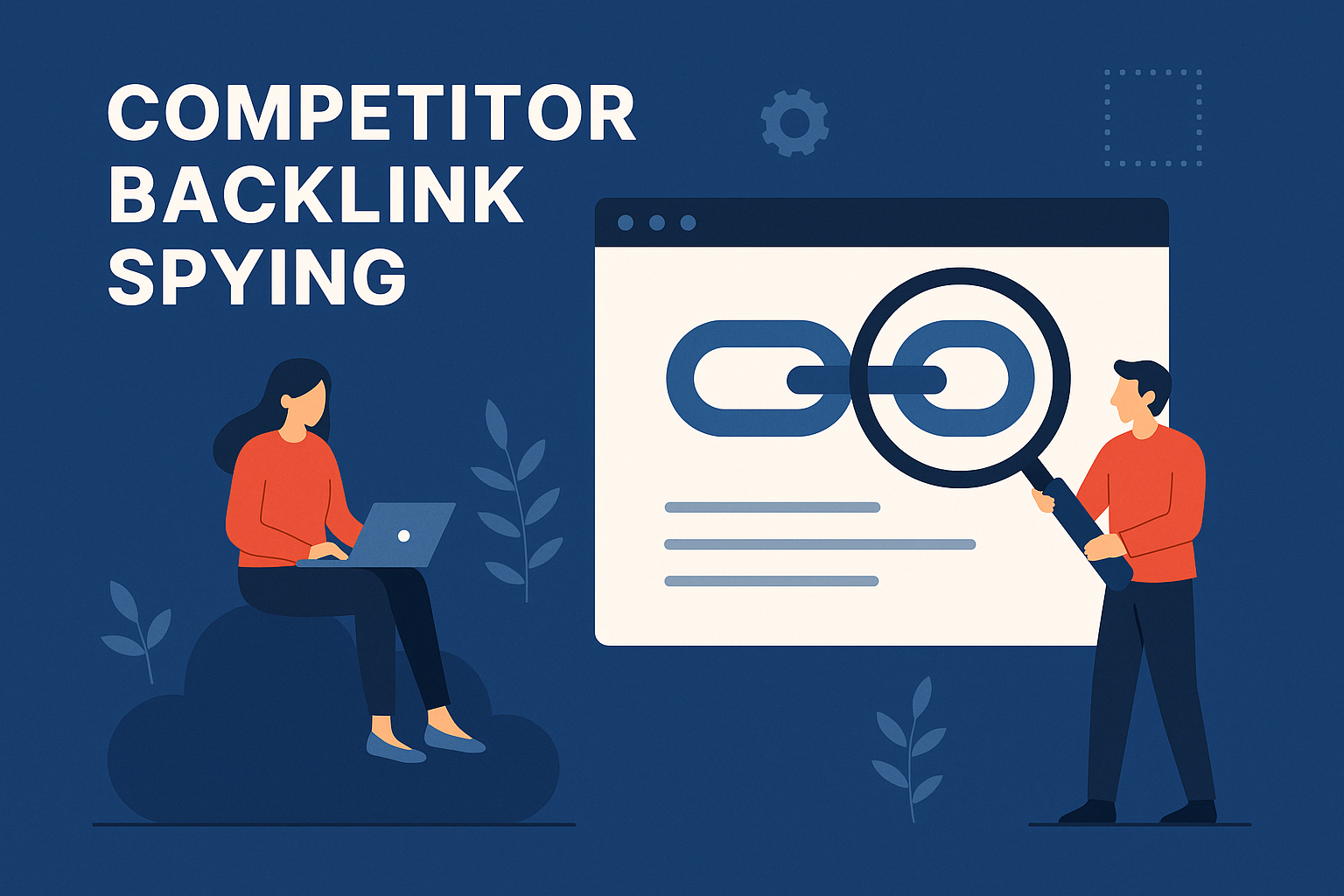


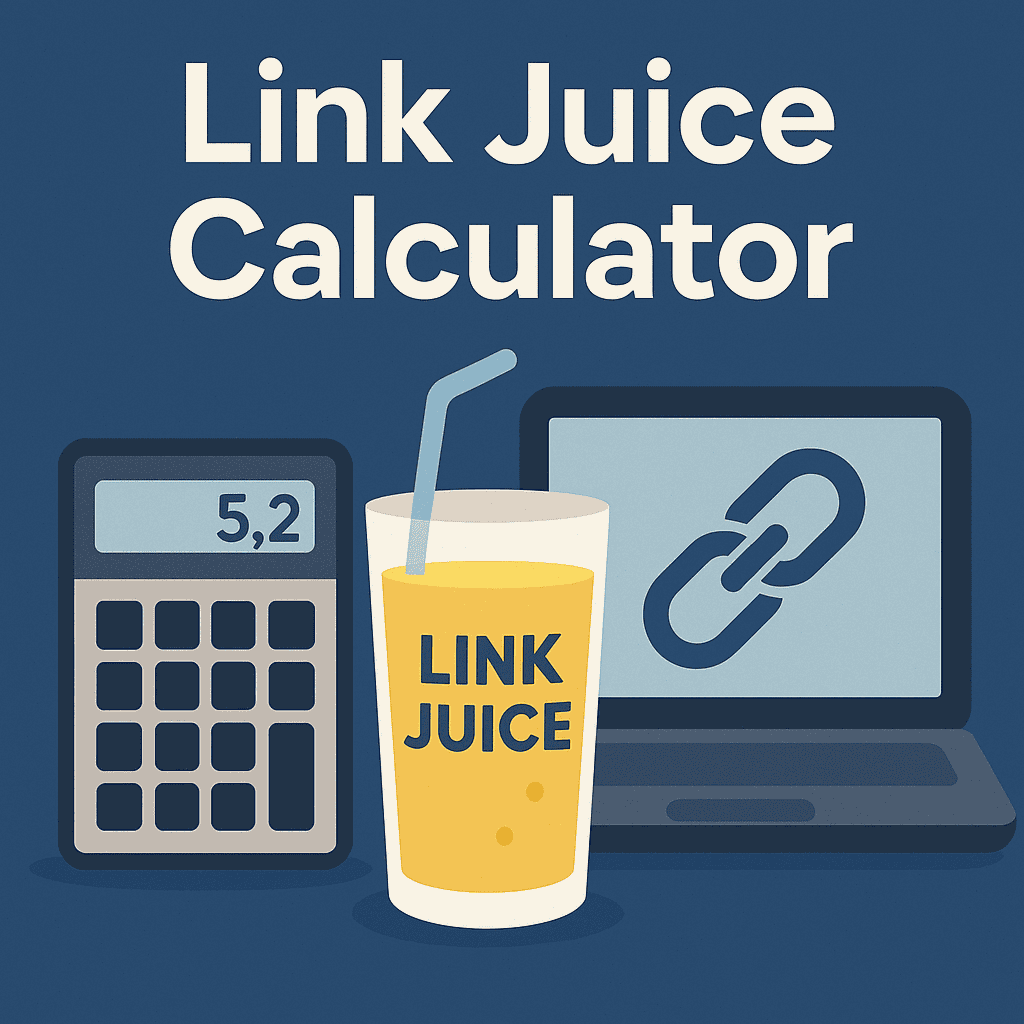
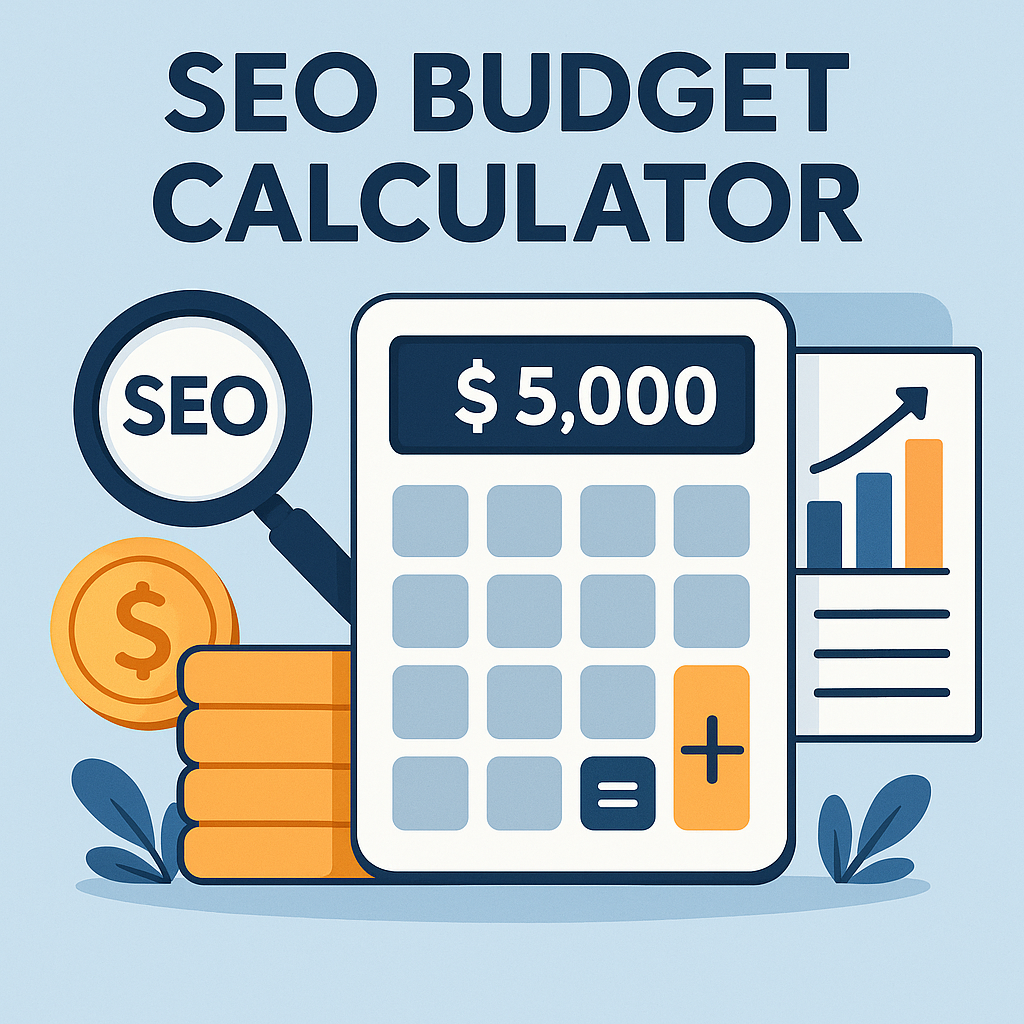

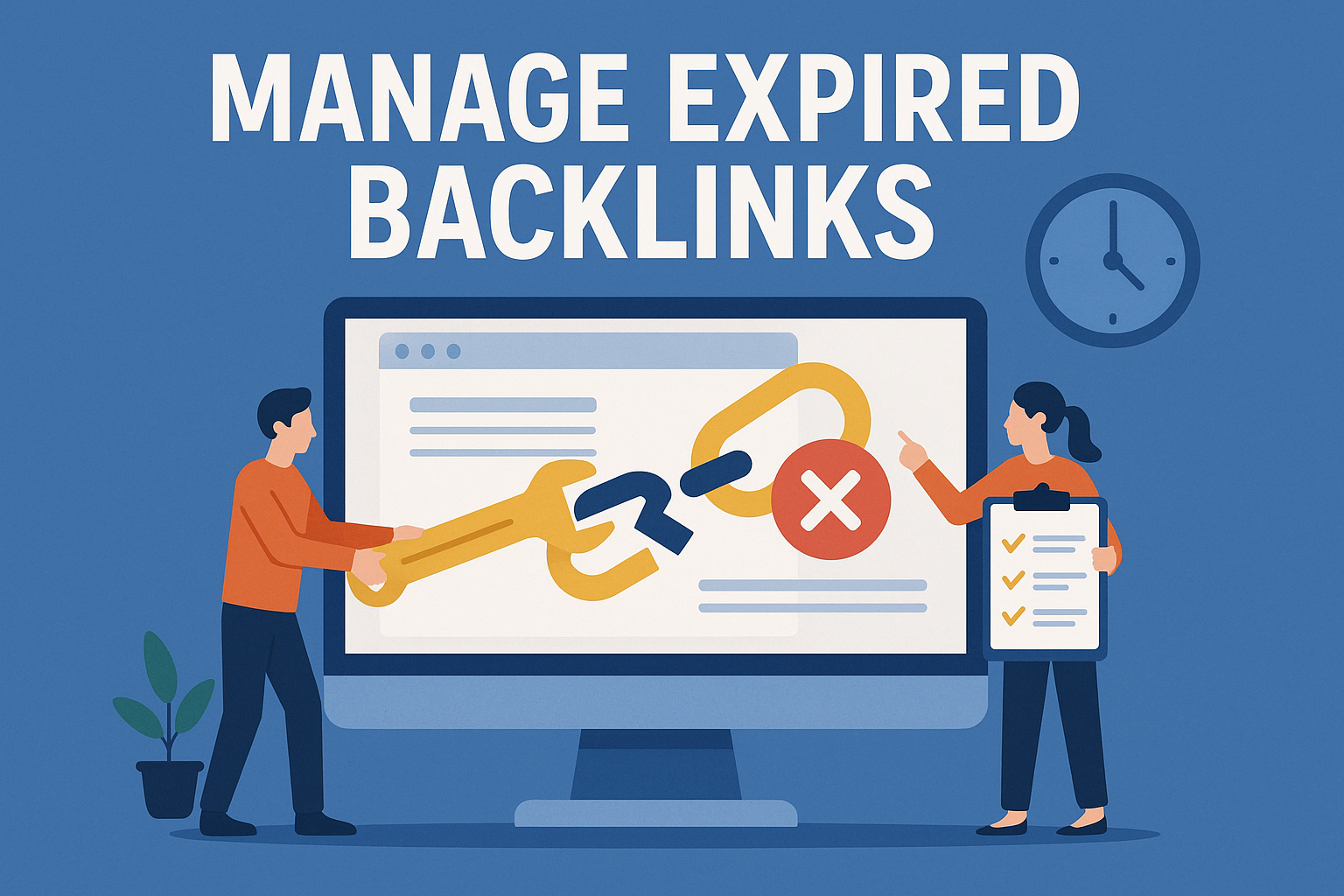
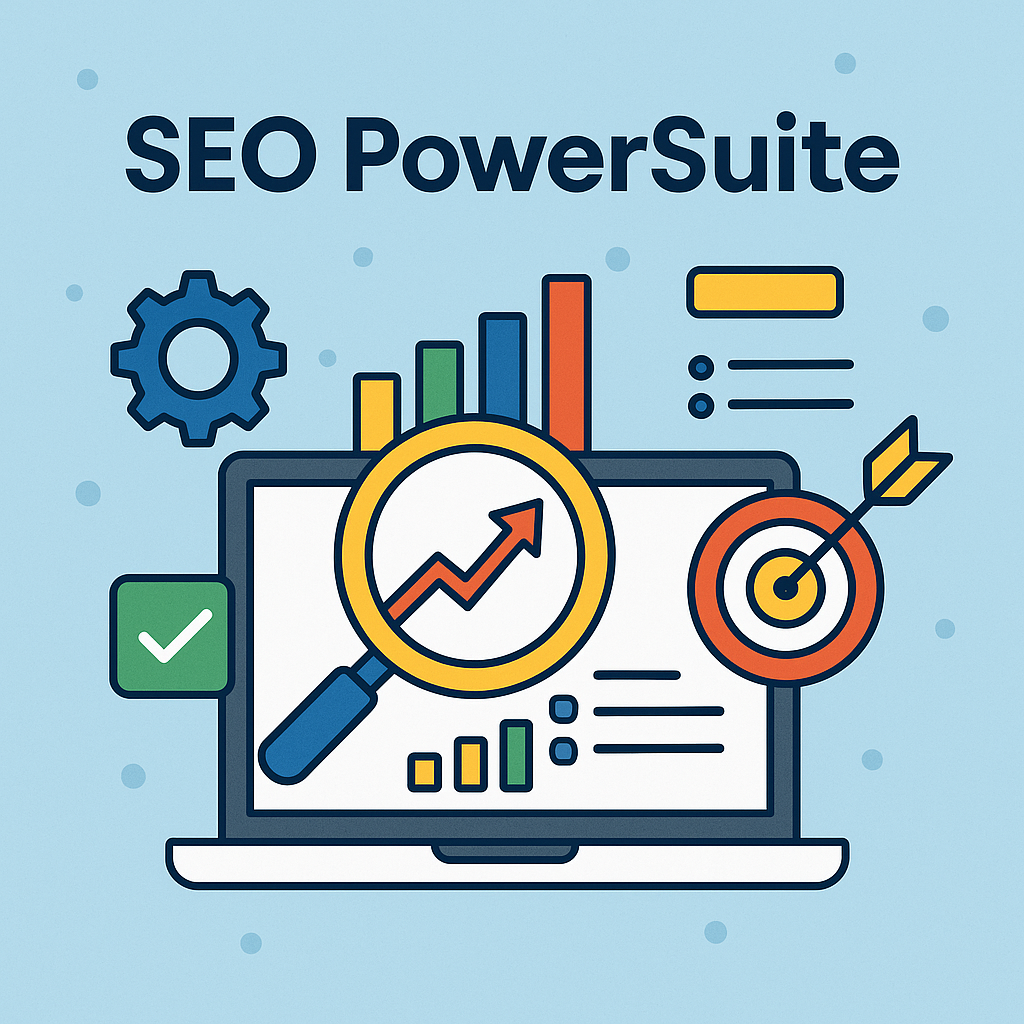
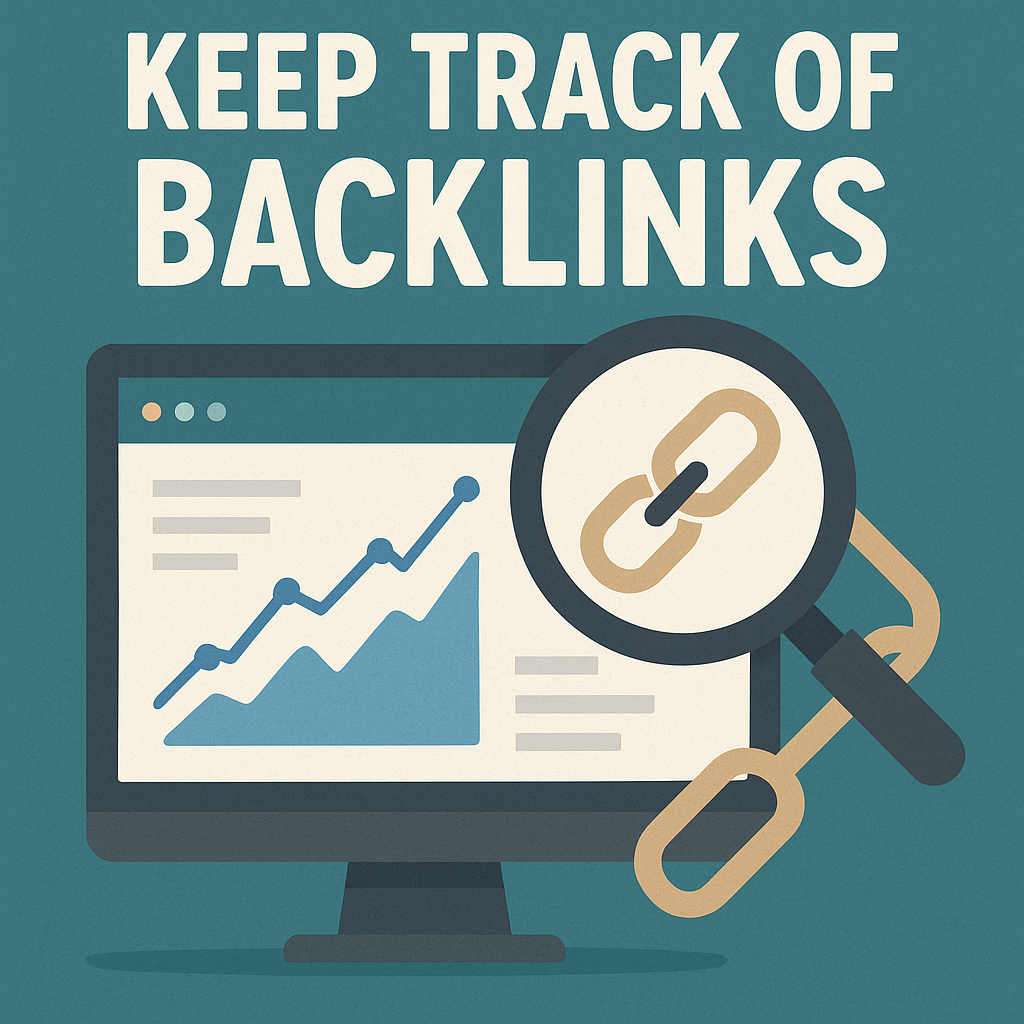
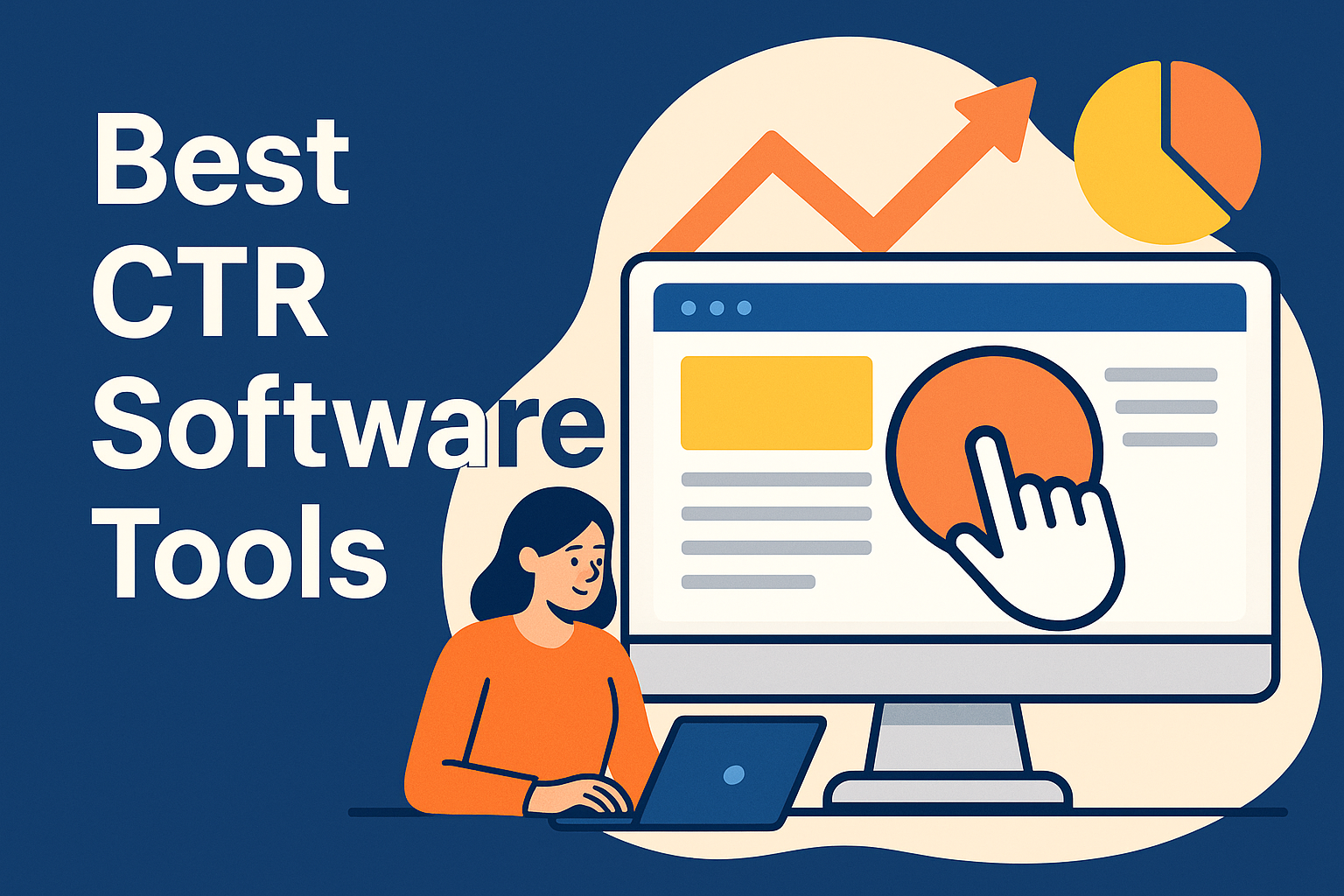
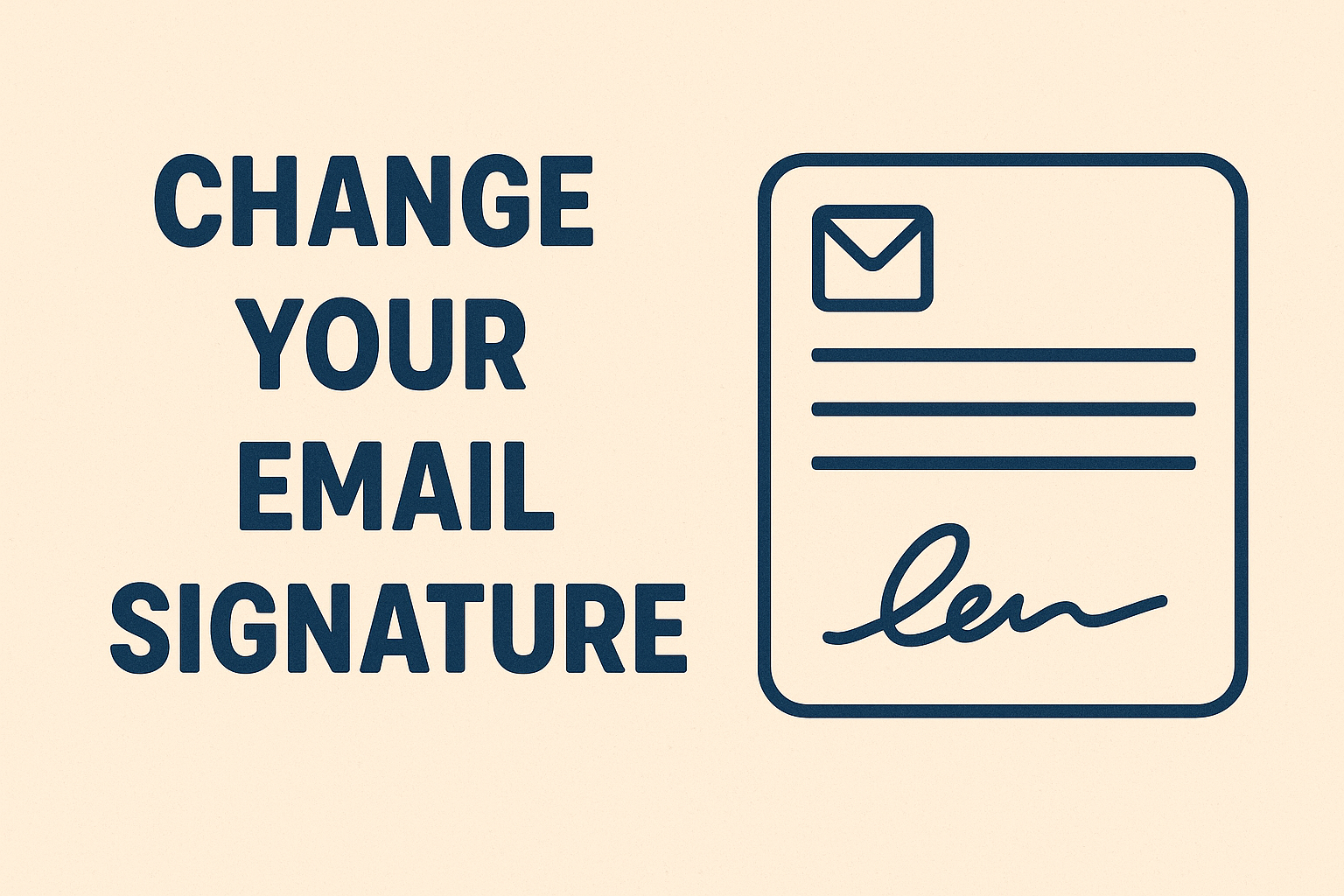
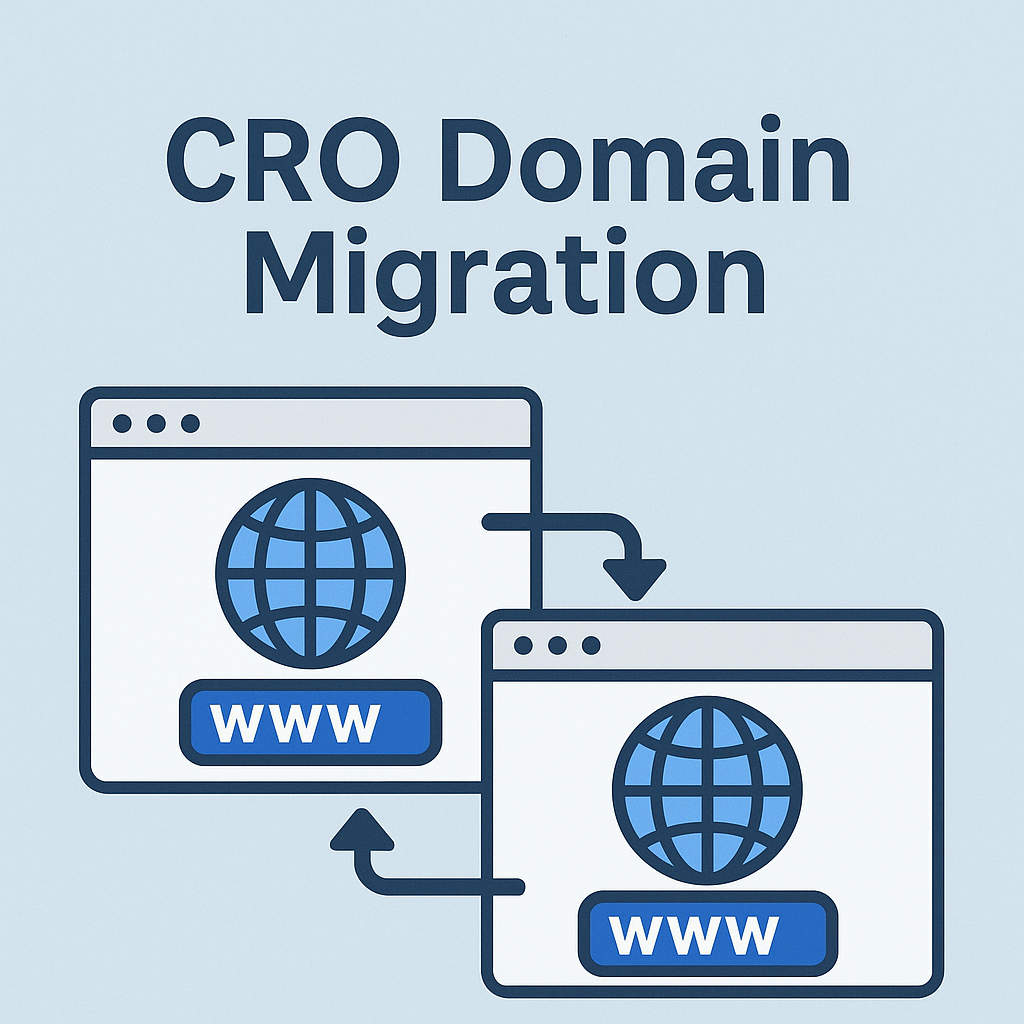


![Best Link Exchange Sites [Free & Safe] – Top 5 Picks](https://backlinkmanagement.io/wp-content/uploads/2025/04/Free-Link-Exchange.png)

